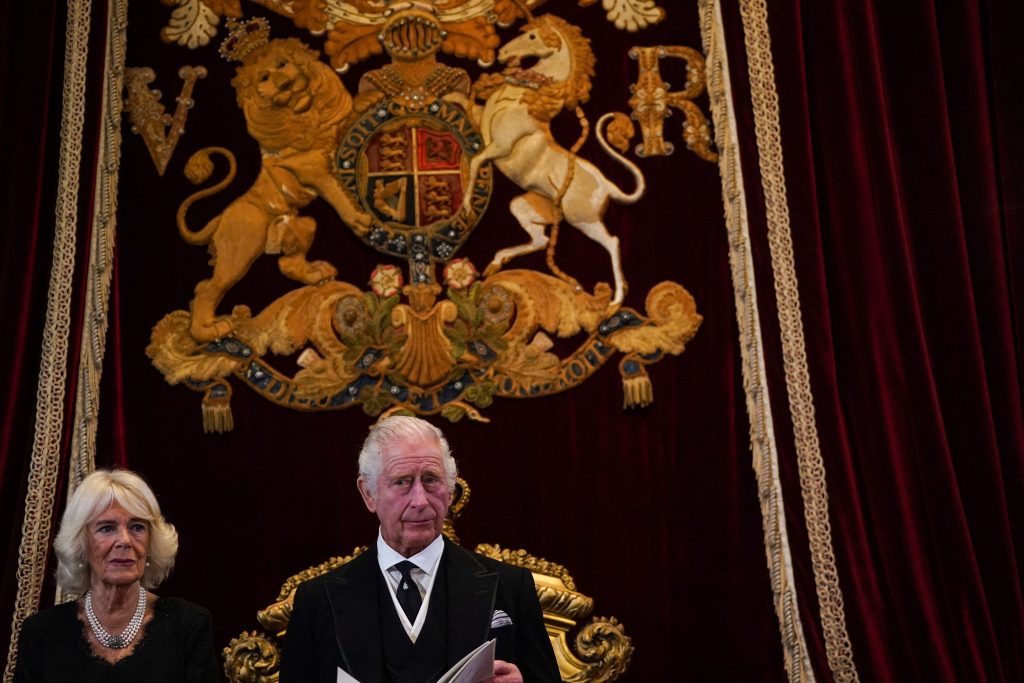The District of Columbia Mayor Muriel Bowser joined global humanitarian and peacemaker Gurudev Sri Sri Ravi Shankar, founder of the Art of Living, to announce the preliminary lineup for the 2023 World Culture Festival, to be held September 29 through October 1, 2023, on the historic National Mall in the U.S. capital.
The Honorable Mayor Muriel Bowser:”We are delighted to host the fourth-annual World Culture Festival. Washington, D.C. is the perfect city to bring people together from around the globe. We are a city that celebrates diversity and inclusivity, a global city, a welcoming city, and a city that loves visitors. We know that Gurudev Sri Sri Ravi Shankar’s message that ‘diversity is the beauty of creation’ aligns with our D.C. values. So, we invite people to plan their visits, and we’ll see you in the fall!”
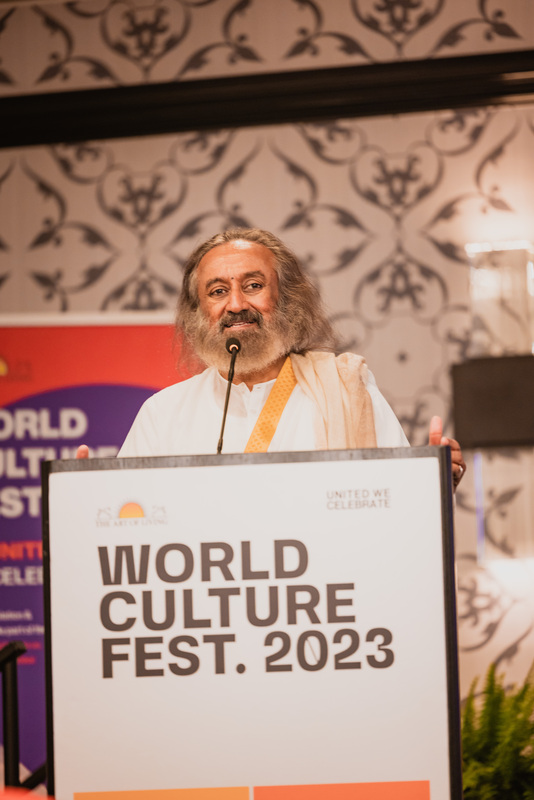 The World Culture Festival, which has attracted millions in its previous iterations in Asia and Europe, will come to the United States for the first time ever for an epic celebration of global diversity, unity and peace:
The World Culture Festival, which has attracted millions in its previous iterations in Asia and Europe, will come to the United States for the first time ever for an epic celebration of global diversity, unity and peace:
- #YOUnitedWeCelebrate: Gurudev and Mayor Bowser invited the public to join in on the world’s largest celebration of diversity and belongingness.
- Bridging the Divide: Amidst increasing political and societal polarization, world leaders will come together to affirm a collective intention for unity and peace.
- Social Connection: As the world grapples with epidemic loneliness, isolation, and mental health burden, the Festival’s attendees will experience the power of social connection.
Gurudev Sri Sri Ravi Shankar: “We need to bridge the gap. There is a lot of polarization in the world. The World Culture Festival is an occasion for people to come together and celebrate each other’s differences. It is the need of the hour, to bring people together in celebration and to spread the message of peace and to say that we are one human family.”
PRELIMINARY LINEUP:
- Over 50 world leaders,including current and former heads of state, members of national parliaments and international governmental organizations, have already committed to attending the Festival, including:
- E. Secretary General Ban Ki-moon, 8th Secretary General of the United Nations
- E. Chan Santokhi, President of Suriname
- E. Pravind Jugnauth, Prime Minister of Mauritius
- E. Vicente Fox, Former President of Mexico
- E. Federico Franco, Former President of Paraguay
- E. Venkaiah Naidu, Former Vice President of India
- E. Alojz Peterle, Former Prime Minister of Slovenia
- E. Rosalía Arteaga Serrano, Former President of Ecuador
- E. Kjell Magne-Bondevik, Former Prime Minister of Norway
- Hildebrando Tapia, Former Member of Andean Parliament
Thousands of unique performers and artists will take part in the jam-packed entertainment lineup. All performers are based in the United States, representing the cultures and heritage of over 35 countries and counting. Performance groups include:
- 1,000+ Chinese Cultural Performers
- 1,000-Person Gospel Choir
- 500 Indian Classical Dancers
- 500-Person Global Dance Mashup
- 200 Hip-Hop Dancers
- 200 Ukrainian Dancers
- 200 Latin-American Dancers
- 100 Afghan Performers
- 100 Native American Performers
A global Faith Advisory councilis being convened in support of the World Culture Festival. The council, composed of leaders from faiths of the world, will share messages about common values of peace, harmony and partnership to nurture greater unity and togetherness. More details to come.
There will be a diverse international food festivalassociated with the event that is expected to attract thousands to sample international cuisines made by chefs from around the capital region. Over 50 ethnic food trucks are expected to be in a designated area along the National Mall.
There will be multiple pop-up cultural events throughout the District of Columbialeading up to the festival, including at least one in each of D.C.’s eight community wards. These pop-ups will be a chance for D.C. residents and visitors to preview and experience the celebration of culture and unity before the historic event from Sept. 29 to Oct. 1. Details and dates for all upcoming pop-ups will be announced soon.
The first D.C. pop-up is Saturday, May 20 at the picturesque Meridian Hill Park. The free pop-up is open to the public and will have music, dance, yoga and meditation. The afternoon’s highlight will be a live meditation conducted by Art of Living founder Gurudev Sri Sri Ravi Shankar. For more information, please visit tiny.cc/wcfpopup.
WCF’S EXPANSIVE SCOPE AND SCALE:
The World Culture Festival is expected to attract more than 150,000 visitors. This festival is expected to have an economic impact of over $30M in revenue.
The previous WCF in New Delhi, India, created a 45% increase in the GDP of the union territory of Delhi and contributed $300 million dollars to the economy of the union territory of Delhi.
As of mid-May, 45,000 people have already registered to attend the World Culture Festival, with 80 percent of registrants coming from the United States and 20 percent from abroad.
- Of the US registrants, 27 percent come from the greater D.C. area, while the rest are from all corners of the country.
Thousands of hotel rooms have already been booked ahead of the Festival. As of mid-May, 2,180 hotel rooms have been booked at the various neighboring hotels in the area.
Festival grounds will span the entire National Mall and will be similar in size to presidential inaugurations. It is being designed to be the largest event in D.C. this year, based on the permit given by the U.S. National Park Service.
Hargrove is working as the event designer, bringing Gurudev’s vision to life across the National Mall. The Festival is a D.C. endeavor that has been in the works for the better part of a year.
There will be an expansive performer/speaker stage – with vast audience seating (over 12,000 seats) to watch the events unfold – in addition to a large portion of the Mall dedicated to various World Culture Festival Activations. The dance floor is expected to be over 32,000 sq ft and will provide over a football field’s worth of performance space.
RECEPTION COMMITTEE/ORGANIZING COMMITTEE MEMBERS
The Reception Committee is composed of high-level government officials lending their experience and expertise to the Festival. Full list of names are below.
Video testimonials from Hon. Danny Davis, Member of House of Representatives (D-IL); Hon. Andy Kim, Member of House of Representatives (D-NJ); Hon. Raja Krishnamoorthi, Member of House of Representatives (D-IL); Virginia State Senator Chap Petersen(D-Fairfax City); Hon. Michelle Steel, Member of House of Representatives (R-CA); Hon. Mike Quigley, Member of House of Representatives (D-IL) can be found here.
Reception Committee Members:
- E. Ban Ki-moon, the eighth Secretary-General of the United Nations and Chair of the Reception Committee
- E. Pravind Jugnauth, Prime Minister, Mauritius
- E. Ratu Wiliame Katonivere, President, Fiji
- E. Chan Santokhi, President, Suriname
- E. Jacques Santer, Former President, European Commission and Former Prime Minister, Luxembourg
- E. Erik Solheim, Former UN Under-Secretary-General and Executive Director of the UN Environmental Programme (UNEP) and Former Minister of International Development & Environment, Norway
- E. Venkaiah Naidu, Former Vice President, India
- E. Kjell Magne Bondevik, Former Prime Minister, Norway Founder and Executive Chair, The Oslo Center
- E. Helen Clark, Former Prime Minister, New Zealand
- E. Nambaryn Enkhbayar, Former President, Mongolia
- E. Mark Eyskens, Former Prime Minister, Belgium
- E. Vicente Fox, Former President, Mexico
- E. Federico Franco, Former President, Paraguay
- E. Mohamed Moncef Marzouki, Former President, Tunisia
- E. Olusegun Obasanjo, Former President, Nigeria
- E. Alojz Peterle, Former Prime Minister, Slovenia
- E. Rosalia Arteaga Serrano, Former President, Ecuador and Executive Director, Fidal Foundation
- E. Jigmi Yoser Thinkley, Former Prime Minister, Bhutan
- E. Akie Abe, Former First Lady, Japan
- H. Sheikh Mohammed bin Hamad bin Mohammed Al Sharqi, Crown Prince of Fujairah, United Arab Emirates
- Ryszard Czarnecki, Former Vice President of the European Parliament, Poland
- Prof. Herman De Croo, Minister of State, Honorary Speaker of the House, Honorary Mayor of Brakel, Belgium
- Armin Laschet, Member of German Parliament and Vice President, Parliamentary Assembly of the Council of Europe and Former Minister-President, North Rhine-Westphalia, Germany
- Sumitra Mahajan, Former Speaker of the Lok Sabha, India
- Nancy Pelosi, Former Speaker of the House of Representatives, United States of America
- Right Honorable Sir Robert James Buckland KBE KC MP, Former Lord Chancellor and Wales Secretary, United Kingdom
- Ted Baillieu, Former Premier of Victoria, Australia
- Bruno Bruins, Former Minister for Medical Care, Netherlands
- Raymond LaHood, Former U.S. Secretary of Transportation, United States of America
- Hakubun Shimomura, Member of the House of Representatives and Former Minister of Education, Culture, Sports, Science and Technology, Japan
- Hildebrando Tapia, Former Vice President, Andean Parliament, Peru
- Geoffrey Van Orden CBE, Former Leader of British Conservatives in the European Parliament, United Kingdom
- Danny Davis, Member of House of Representatives (D-IL), United States of America
- Mike Quigley, Member of House of Representatives (D-IL), United States of America
- Bill Foster, Member of House of Representatives (D-IL), United States of America
- Andy Barr, Member of House of Representatives (R-KY), United States of America
- Richard Hudson, Member of House of Representatives (R-NC), United States of America
- Marc Veasey, Member of House of Representatives (D-TX), United States of America
- Ro Khanna, Member of House of Representatives (D-CA), United States of America
- Raja Krishnamoorthi, Member of House of Representatives (D-IL), United States of America
- Andy Kim, Member of House of Representatives (D-NJ), United States of America
- Jake Auchincloss, Member of House of Representatives (D-MA), United States of America
- Jerry Carl, Member of House of Representatives (R-AL), United States of America
- Young Kim, Member of House of Representatives (R-CA), United States of America
- Deborah Ross, Member of House of Representatives (D-NC), United States of America
- Michelle Steel, Member of House of Representatives (R-CA), United States of America
- Kevin Kiley, Member of House of Representatives (R-CA), United States of America
- Laurel Lee, Member of House of Representatives (R-FL), United States of America
- Rick McCormick, Member of House of Representatives (R-GA), United States of America
- Shri Thanedar, Member of House of Representatives (D-MI), United States of America
- Binod Chaudhary, Member of Parliament, Nepal and Chairman and President, The Chaudhary Group (CG)
- Yvonne Feri, Member of Parliament, Switzerland
- Dr. Nik Gugger, Member of the Parliament, Switzerland and Member of the European Parliament
- His Highness Azzan Bin Qais Al Said, Vice Chairman, Oman National Olympic Committee, Oman
Organizing Committee Members:
The Organizing Committee contributes their leadership, experience, and counsel to build an unforgettable World Culture Festival IV.
- Rob Trombold, President of Art of Living and Convener of World Culture Festival
- Ann Luskey, Founder and Trustee, Charlotte’s Web Foundation
- Binod Chaudhary, Member of Parliament of Nepal and Chairman and President of The Chaudhary Group (CG)
- Chirag Patel, President and CEO, Amneal Pharmaceuticals
- Courteney Monroe, President, National Geographic Global Television Networks
- Francisco Sanchez, Former U.S. Under-Secretary of Commerce at the US Department of Commerce
- Jo Leinen, Former Member of European Parliament
- Luis Moreno Ocampo, Founding Prosecutor of International Court of Justice
- Louis Gagnon, Founder and CEO of the Regenerative Group
- Madhu Rao, Former CEO of Shangri-La Group
- Manoj K. Jain, Founder and President of Mid-South Infectious Disease Associates
- Mike Perlis, Vice Chairman of Forbes Media
- E. Nirj Deva DL FRSA, President Envoy to Western Europe & Commonwealth of Nations for the Commonwealth Union and Former Vice President for International Development, European Parliament
- Prem Jain, Co-Founder of Pensando Systems, now the Networking Solutions Group AMD Pensando
- Randi Weingarten, President of the American Federation of Teachers
- Ranvir Trehan, General Trustee, Kennedy Center for the Performing Arts
- Reginald Van Lee, Partner and Chief Transformation Officer, Carlyle Group
- Rodney Mims Cook Jr., President of the National Monuments Foundation
- Ross Perot Jr., Chairman of the Perot Group
- Sanjay Govil, Chairman, Infinite Computer Solutions
- Sanjay Pradhan, CEO of Open Government Partnership
- Sreenivas Reddy, MD, Vascular Interventional Radiologist
- Tim Draper, Founder of Draper Associates, DFJ, and Draper Venture Network
- Tim Ryan, Former Congressman D-OH13
- Tonya Vidal Kinlow, Vice President of Community Engagement, Advocacy and Government Affairs at Children’s National Hospital and Chair of the Board of DC Chamber of Commerce
- E. AMB. Vijay Nambiar, Former Chef-de-Cabinet of the United Nations & Special Ambassador to Myanmar
- Vivek Paul, Adjunct Professor, Stanford University
TICKET INFORMATION
All World Culture Festival events are free and open to the public. All ages are encouraged to join. Registration and ticket information for the fall festival in Washington, D.C. can be found at www.worldculturefest.org. Please direct all inquiries to WCF2023@lindarothpr.com for further information.
PAST WORLD CULTURE FESTIVALS:
Bangalore (2006):2.5 million attendees, including 3,800 musicians and performers, 750 political and business leaders, alongside 1,000 spiritual and religious figures.
Berlin (2011): 70,000 attendees from 151 countries including 6,000 artists and dignitaries including ministers and members of parliament.
New Delhi (2016): 3.75 million attendees from 155 countries including 36,603 artists and 2,500 religious and spiritual leaders from Hindu, Buddhist, Jewish, Christian, Zoroastrian, Islamic, Jain, Native American, and Tribal faiths.
MEDIA ACCESS:
World Culture Festival 2023 welcomes press outlets from Washington, D.C. and around the world to cover the weekend’s festivities. We are happy to provide approved members of the media with exclusive access. Please check back soon as applications for media will be available this spring. Reach out to WCF2023@lindarothpr.com with any questions or for pre-event interview opportunities.
MEDIA RESOURCES:
- World Culture Festival Compilation Video(Video Credit: Art of Living)
- Brochure for World Culture Festival 2023
- Past World Culture Festival Photos from 2016 and 2011(Photo Credit: Art of Living)
- #WCF2023: Official Hashtag for World Culture Festival 2023
About Art of Living Foundation
Operating in 180 countries, The Art of Living Foundation (AOLF) is a nonprofit, educational and humanitarian organization founded in 1981 by the renowned humanitarian and spiritual leader Gurudev Sri Sri Ravi Shankar. All of AOLF’s programs are inspired by Gurudev’s philosophy of creating world peace through a stress-free and violence-free society. AOLF has touched over 800 million lives through numerous educational and self-development programs and tools that facilitate the elimination of stress and foster deep and profound inner peace, happiness and well-being for individuals.
About Gurudev Sri Sri Ravi Shankar
Gurudev Sri Sri Ravi Shankar is a global humanitarian, spiritual leader, and peace envoy. He has helped millions of people worldwide find peace and resilience in the face of adversity, learning not only how to excel in their own lives, but also how to become powerful agents for social change.
Gurudev has created trauma-relief and meditation programs for at-risk youth, war veterans, prisoners and survivors of disaster. He has also created numerous educational and self-development programs and tools that facilitate the elimination of stress and foster deep and profound inner peace, happiness and well-being for individuals.
Standing for the Gandhian principles of non-violence, Gurudev has mediated and progressed negotiations for peace in conflict-stricken areas such as Sri Lanka, Iraq, Venezuela, and Colombia, where he is credited for playing a central role in ending the violent 52-year conflict between FARC and the Colombian government. He has received 39 governmental awards, including the highest civilian awards from several nations. Twenty-four universities have awarded him with honorary doctorates for his peace-keeping and humanitarian efforts.

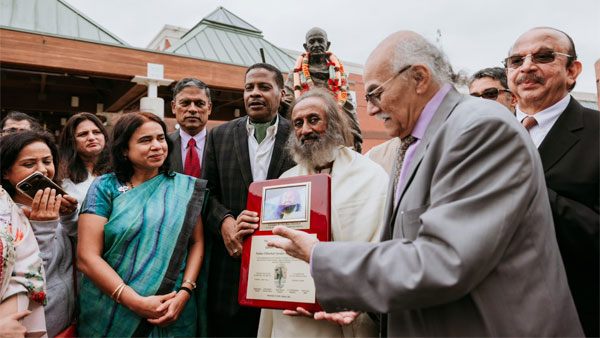 “Through his charity work and educational efforts, Gurudev has spread his belief that if individuals find inner peace, it can lead to real-world reductions in violence and conflict,” Krishnamoorthi said.
“Through his charity work and educational efforts, Gurudev has spread his belief that if individuals find inner peace, it can lead to real-world reductions in violence and conflict,” Krishnamoorthi said.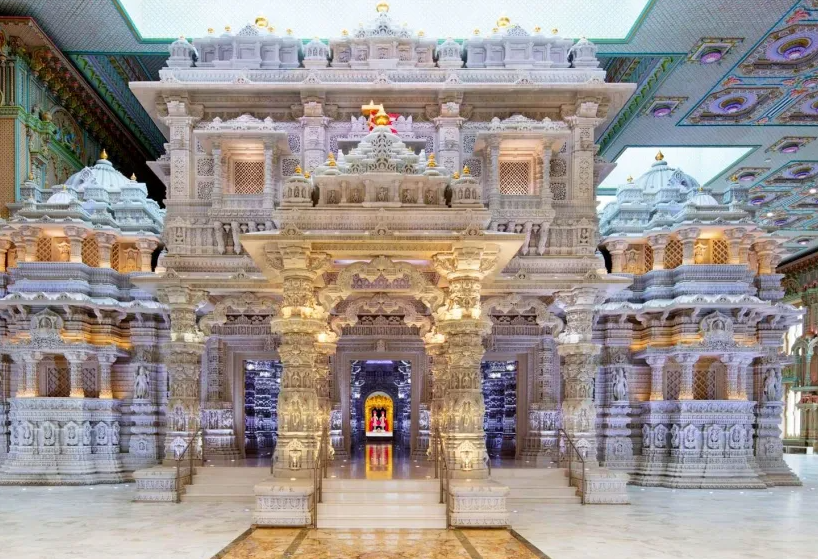 The construction of the New Jersey Akshardham has garnered significant attention from the Hindu American community over the past decade. However, it has also been marred by legal matters, specifically a lawsuit alleging forced labor within the BAPS organization, which arose in 2021. Although the lawsuit is currently on hold, it has raised important questions about distinguishing between unpaid work and selfless service in the name of the Divine.
The construction of the New Jersey Akshardham has garnered significant attention from the Hindu American community over the past decade. However, it has also been marred by legal matters, specifically a lawsuit alleging forced labor within the BAPS organization, which arose in 2021. Although the lawsuit is currently on hold, it has raised important questions about distinguishing between unpaid work and selfless service in the name of the Divine.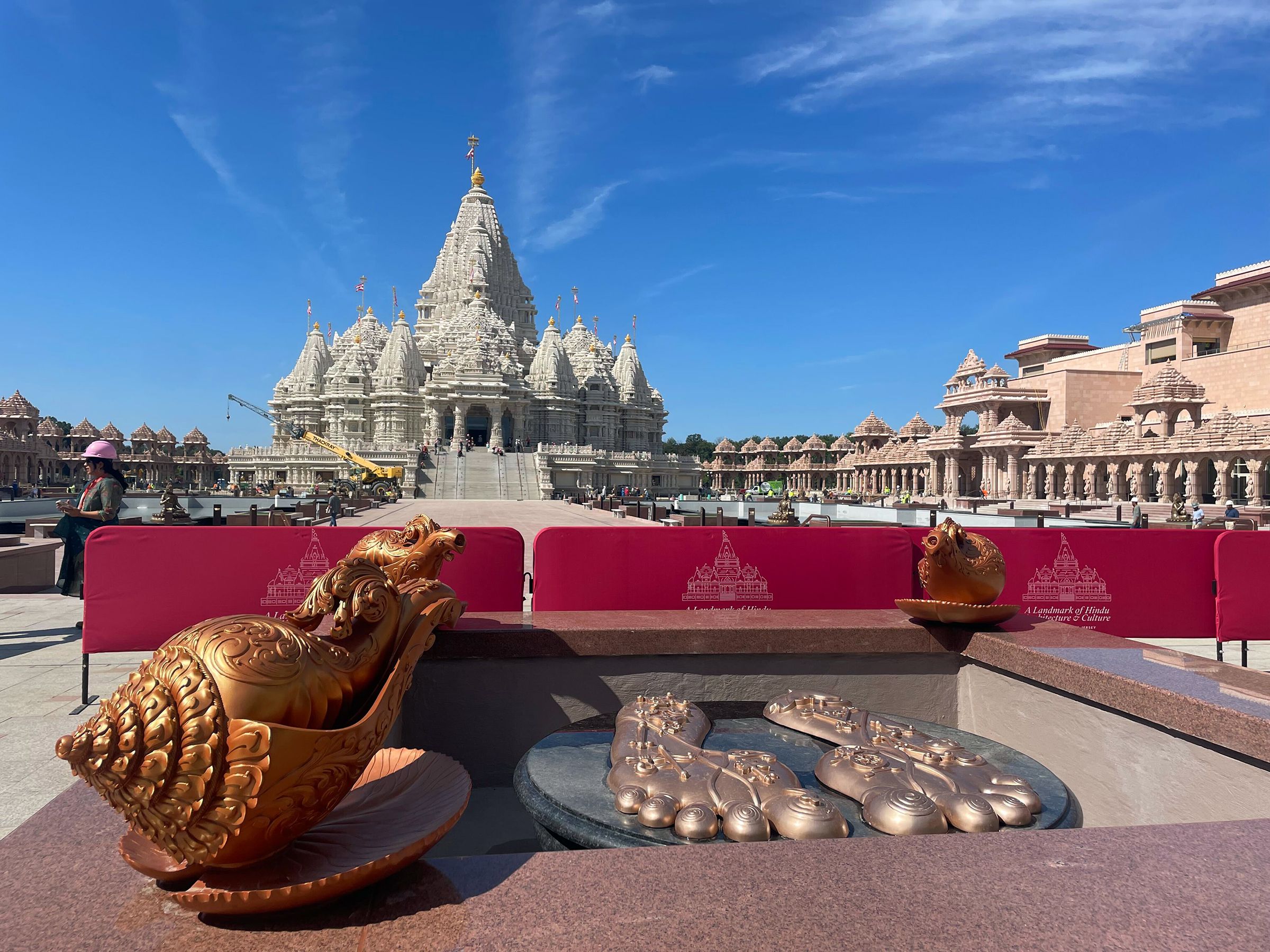
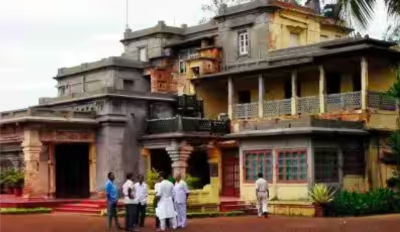



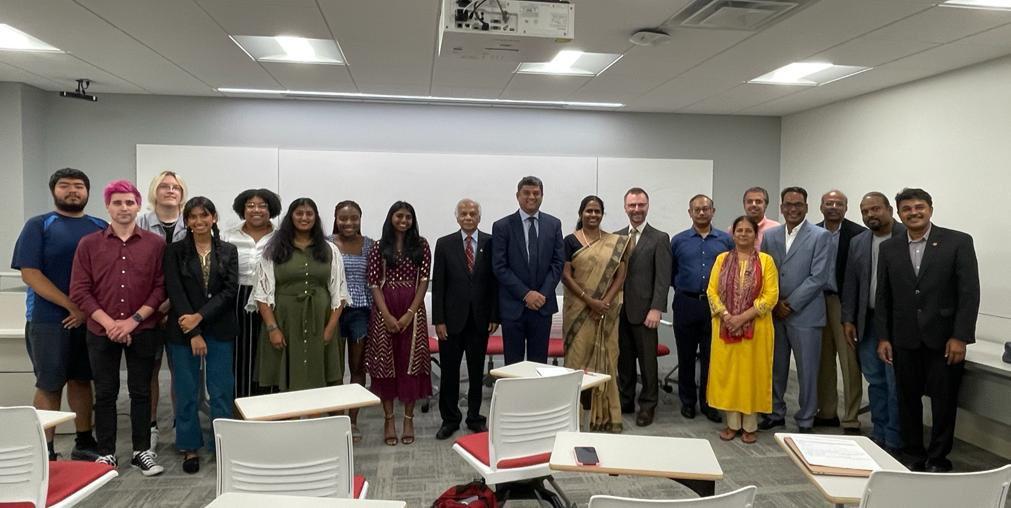
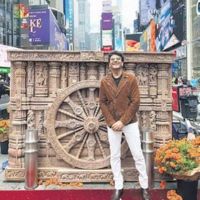
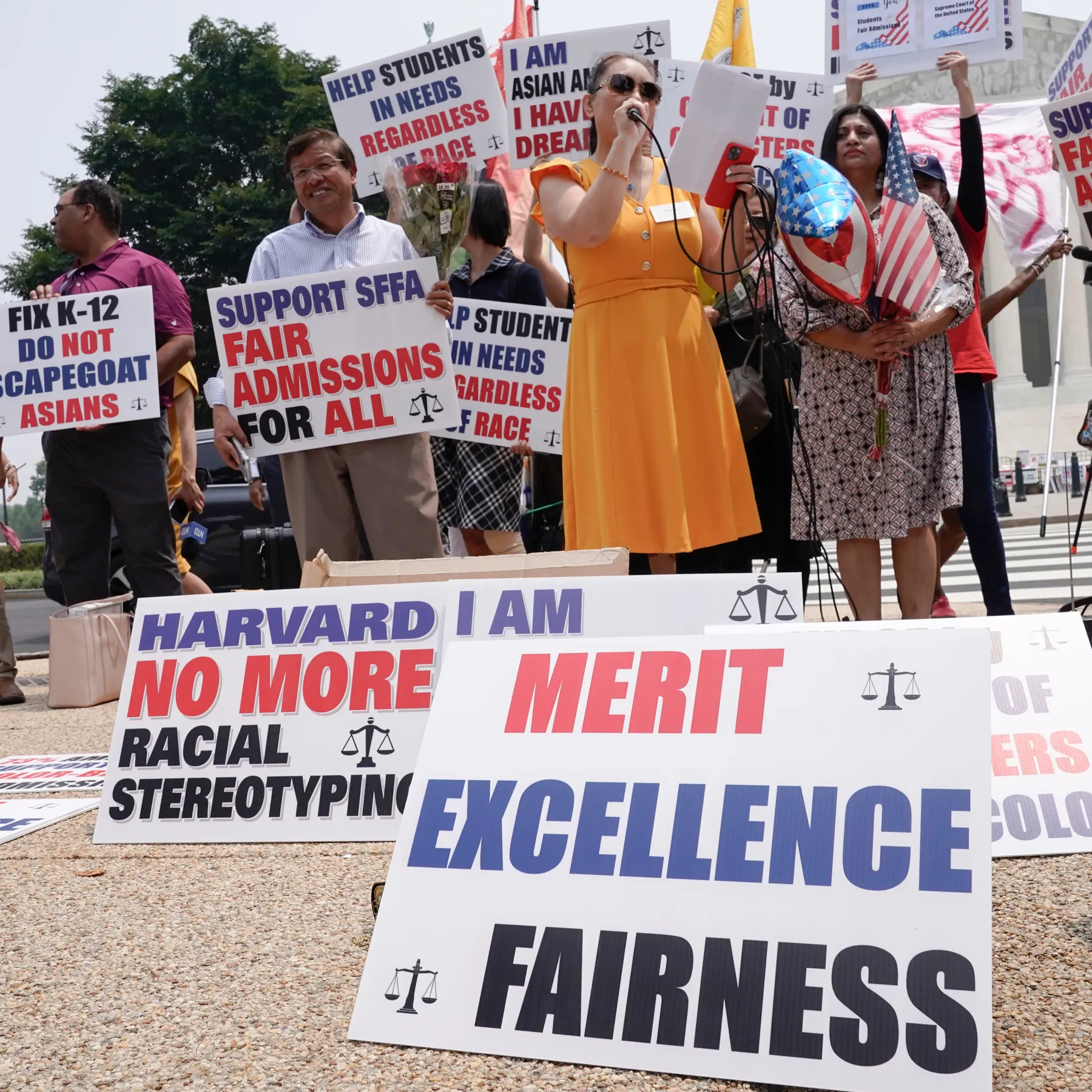

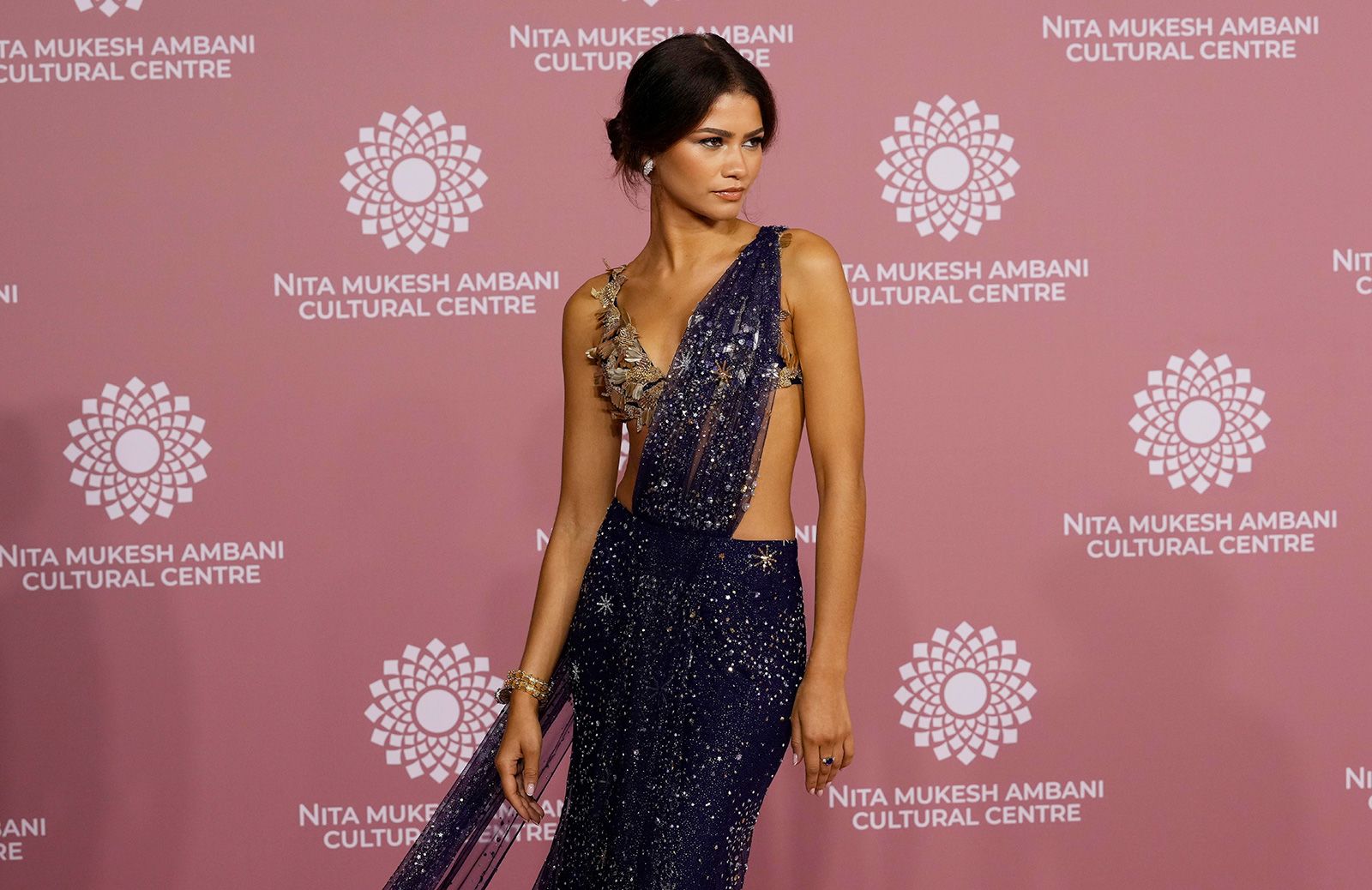
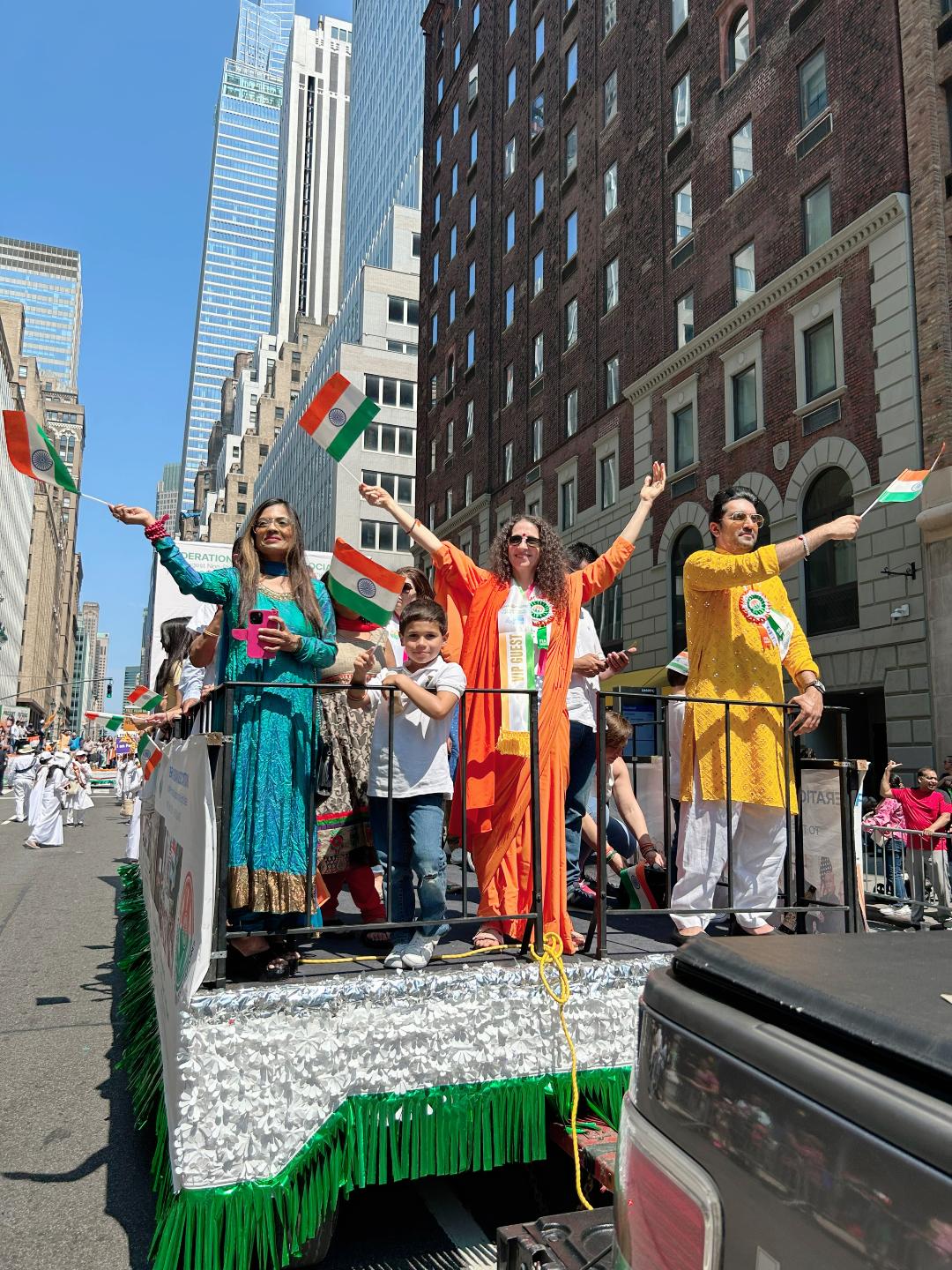
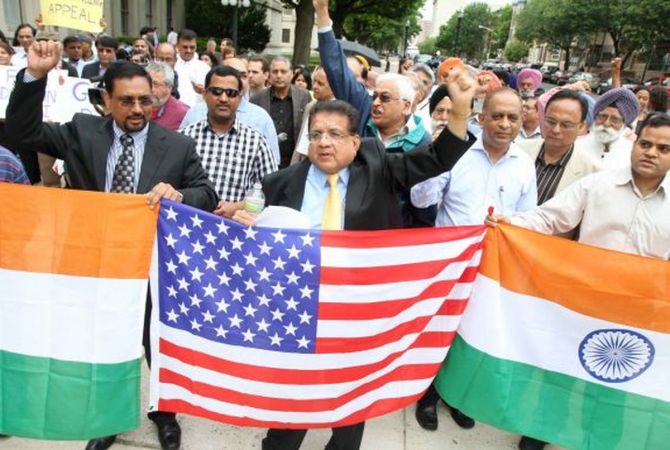
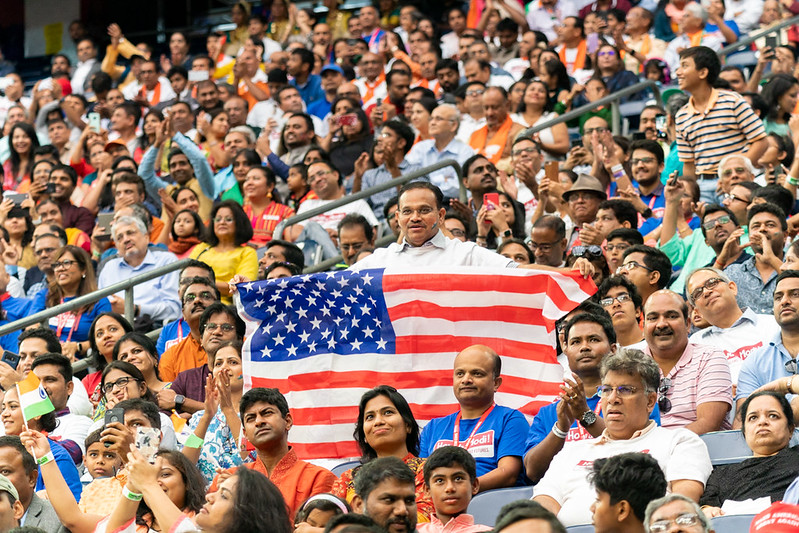
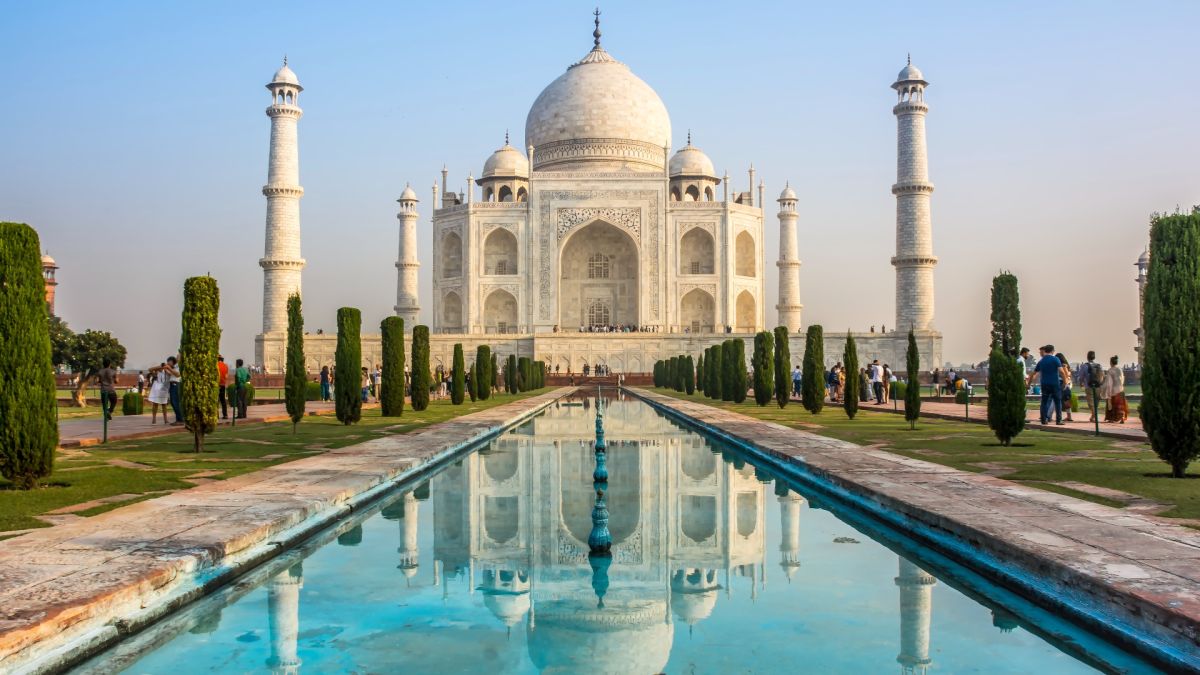
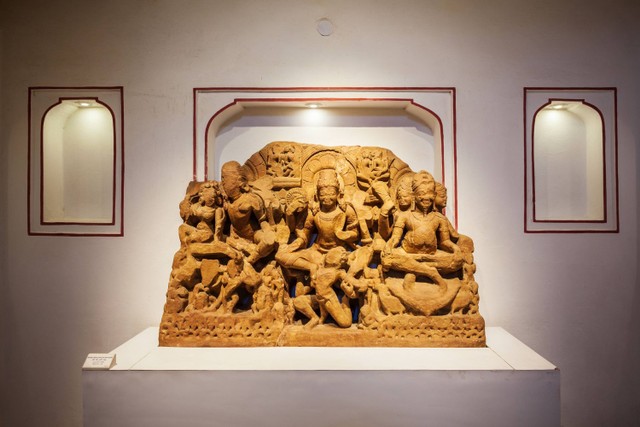
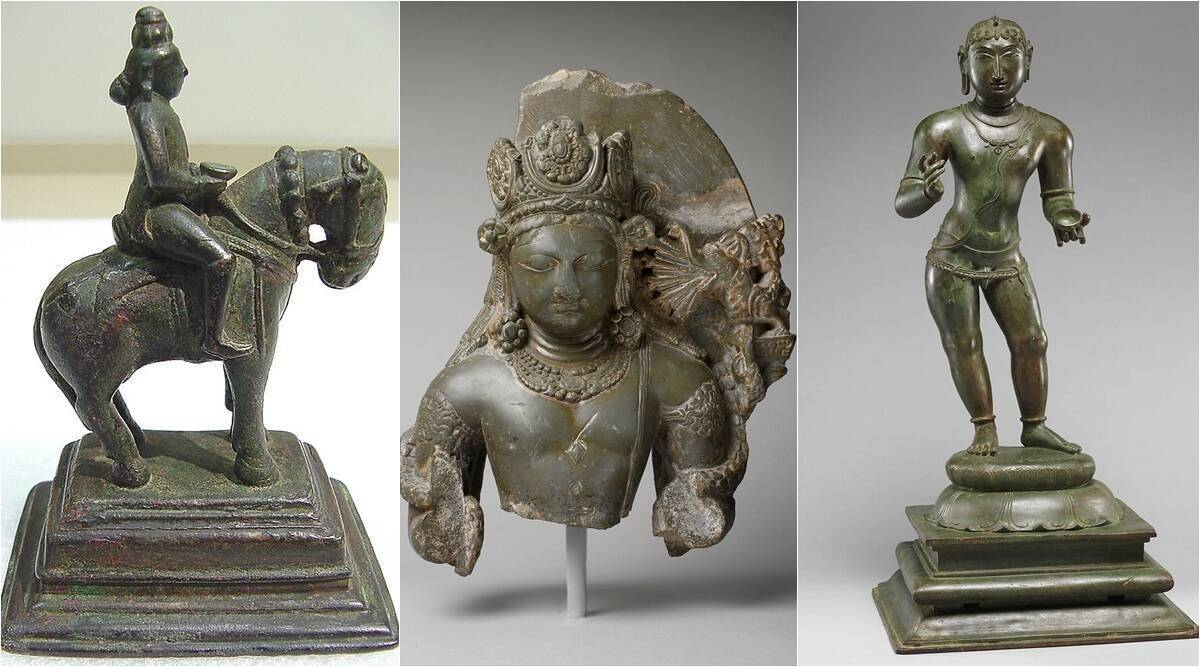
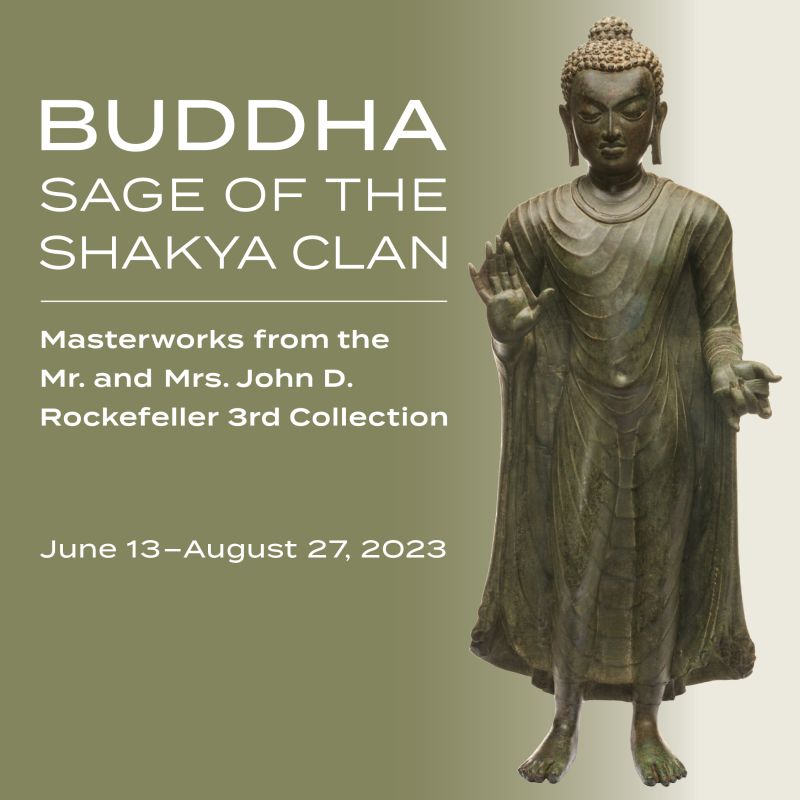
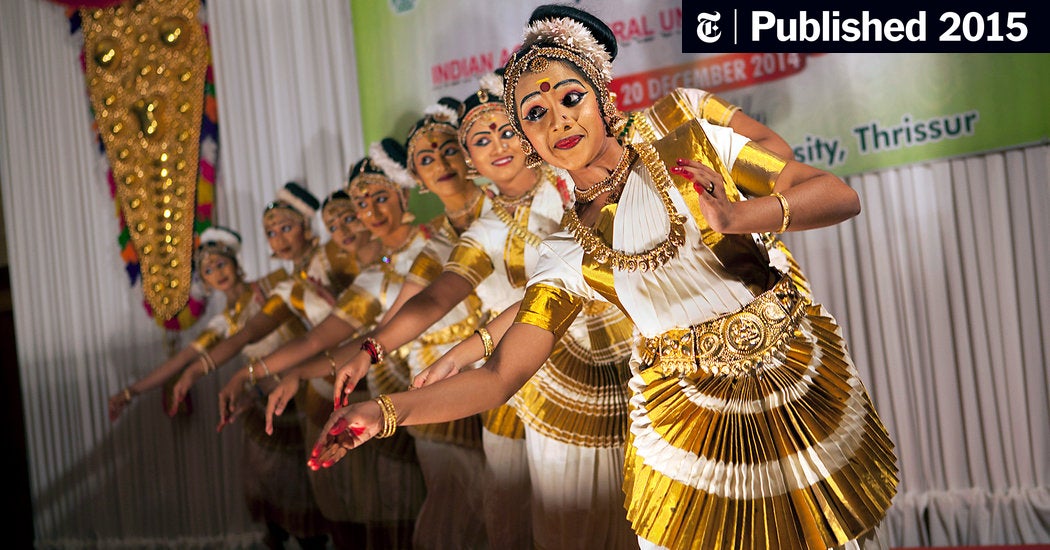
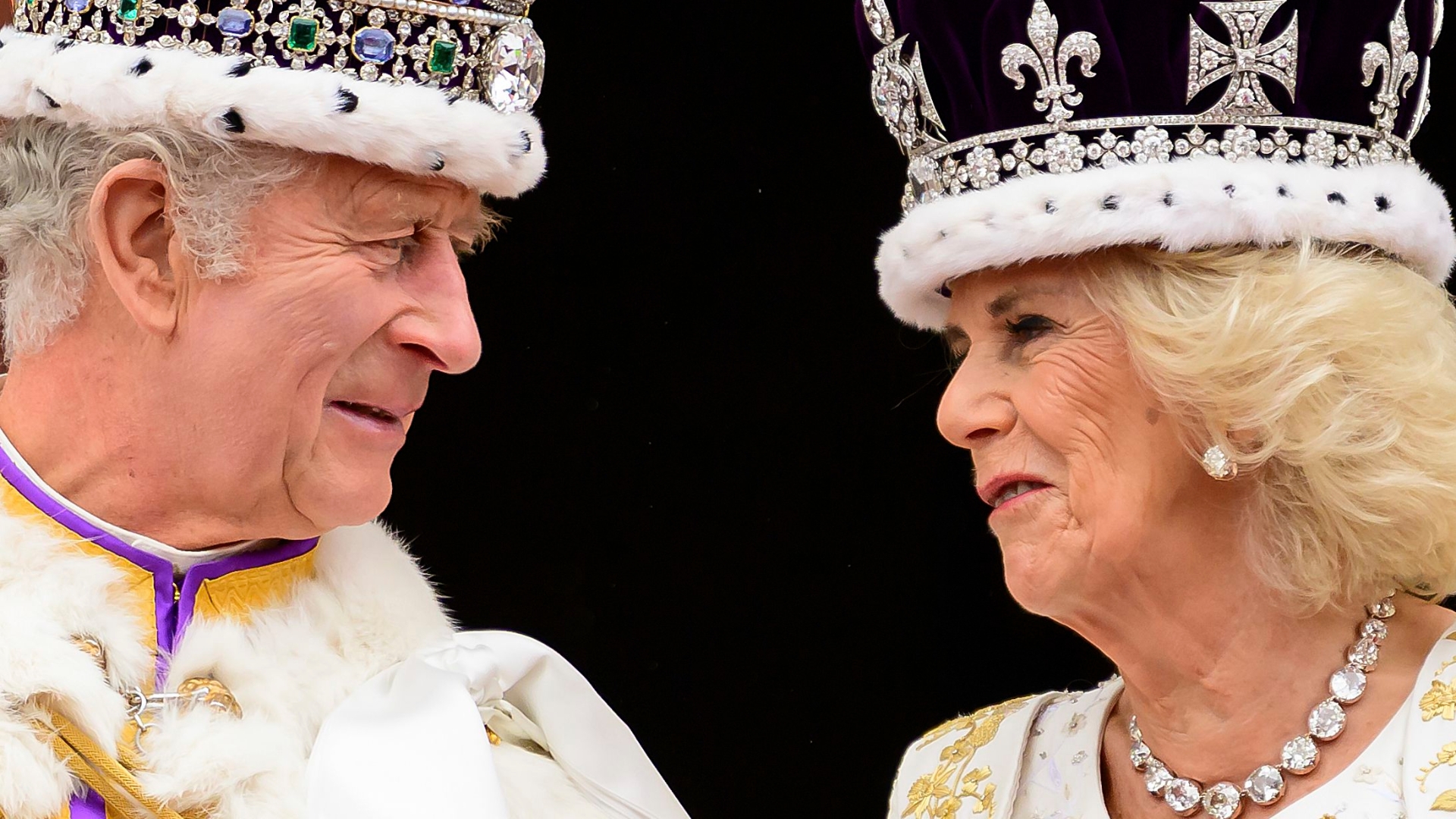
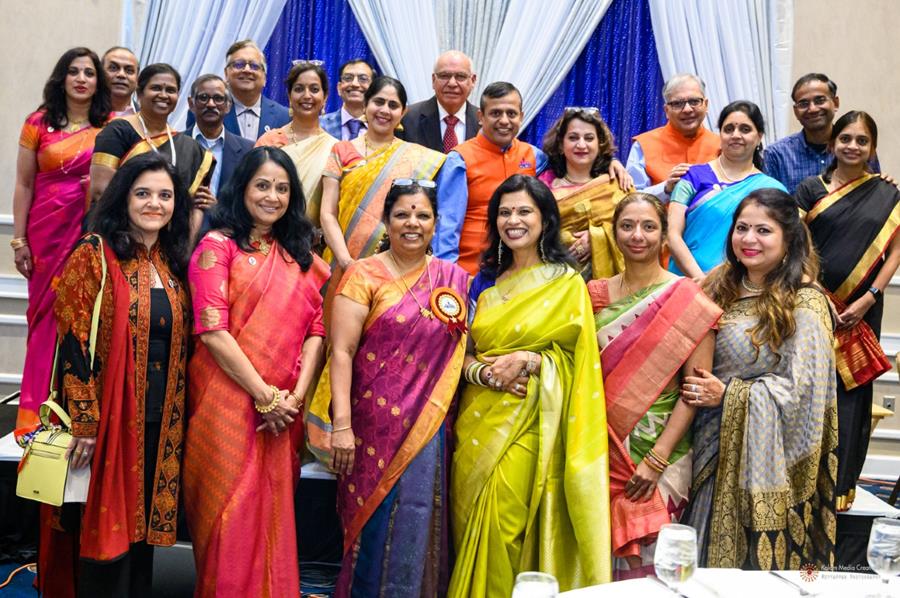
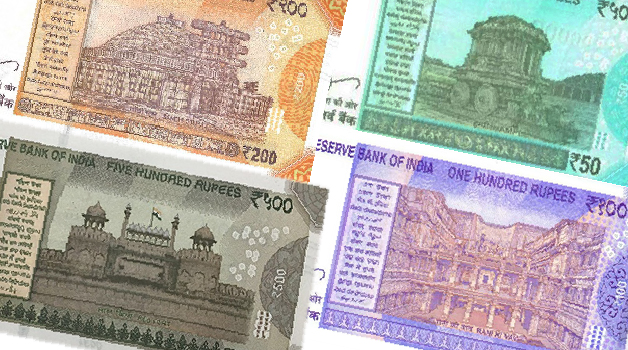
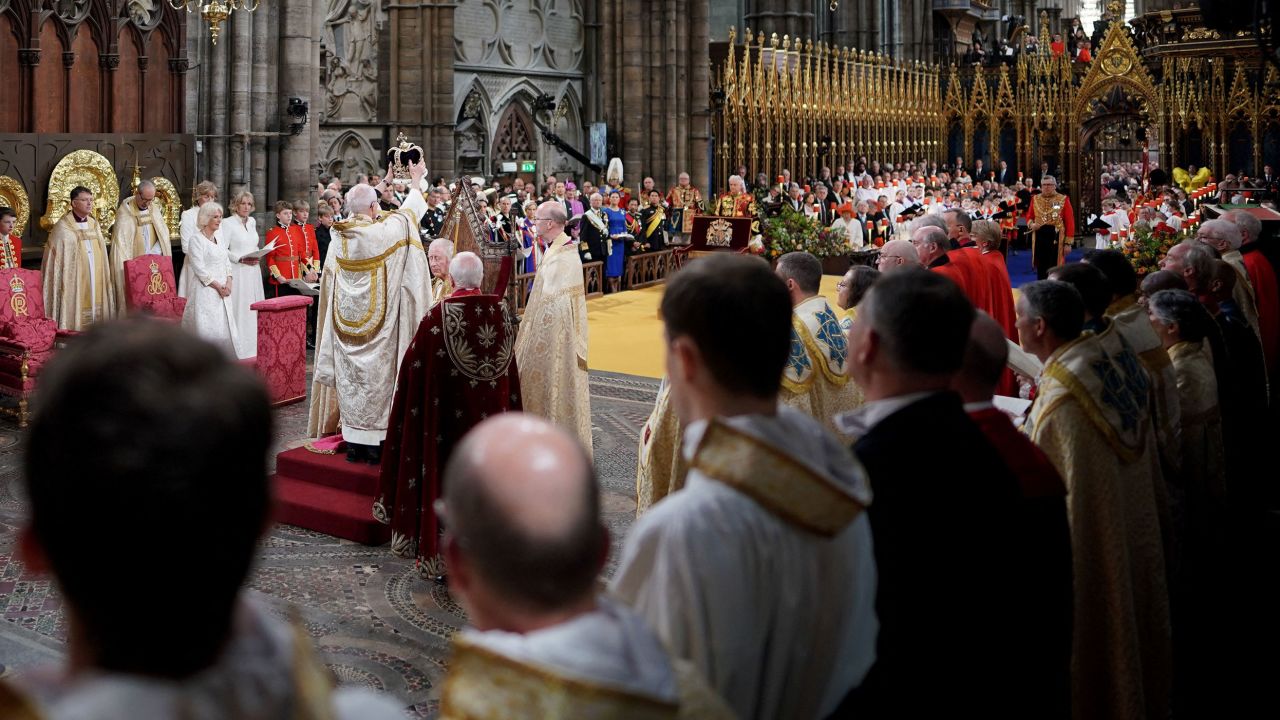
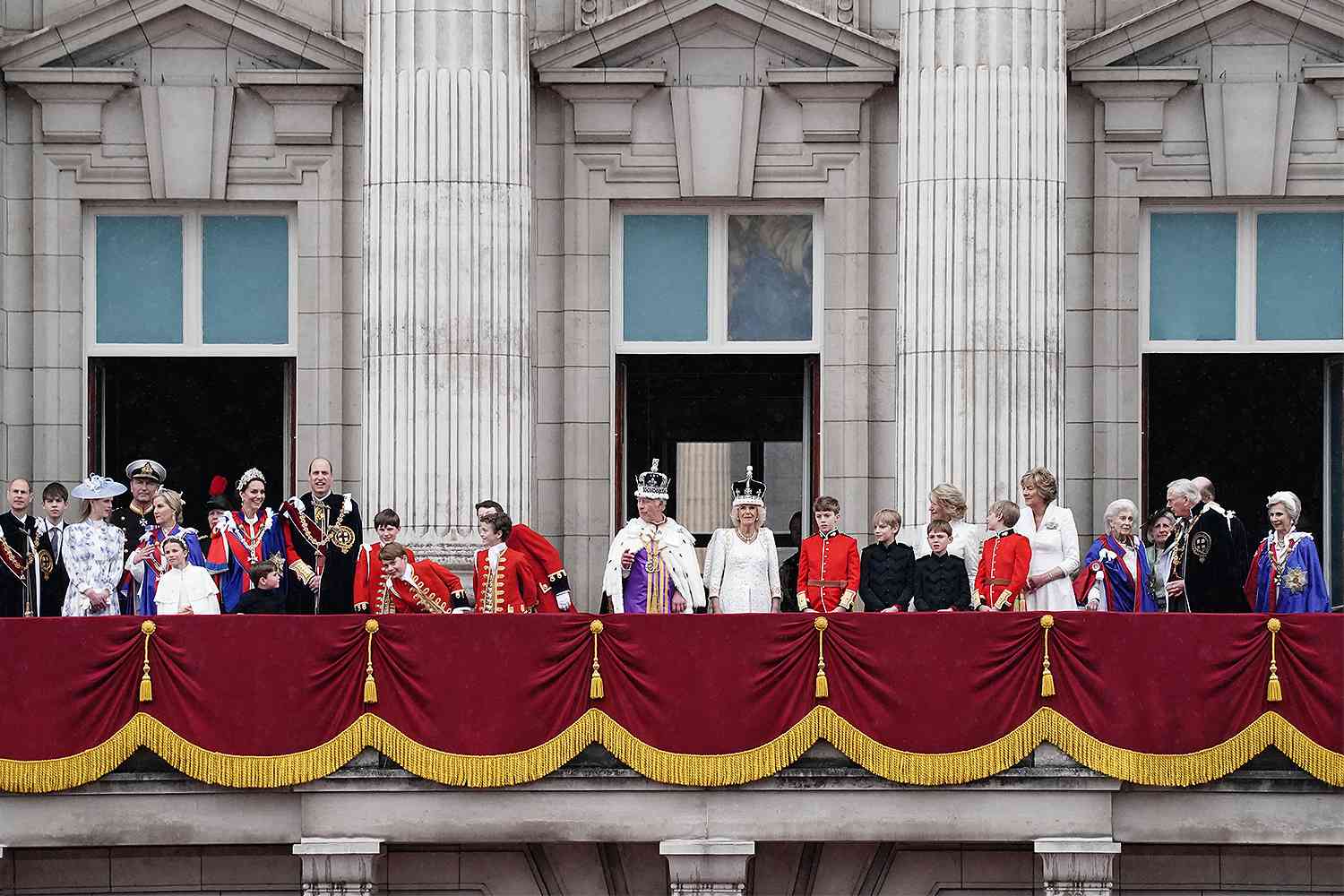
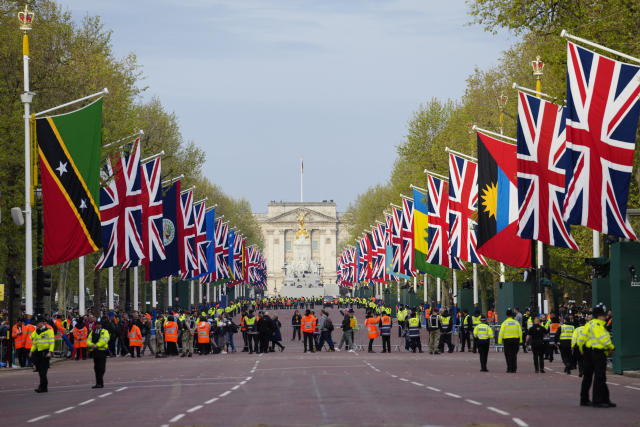
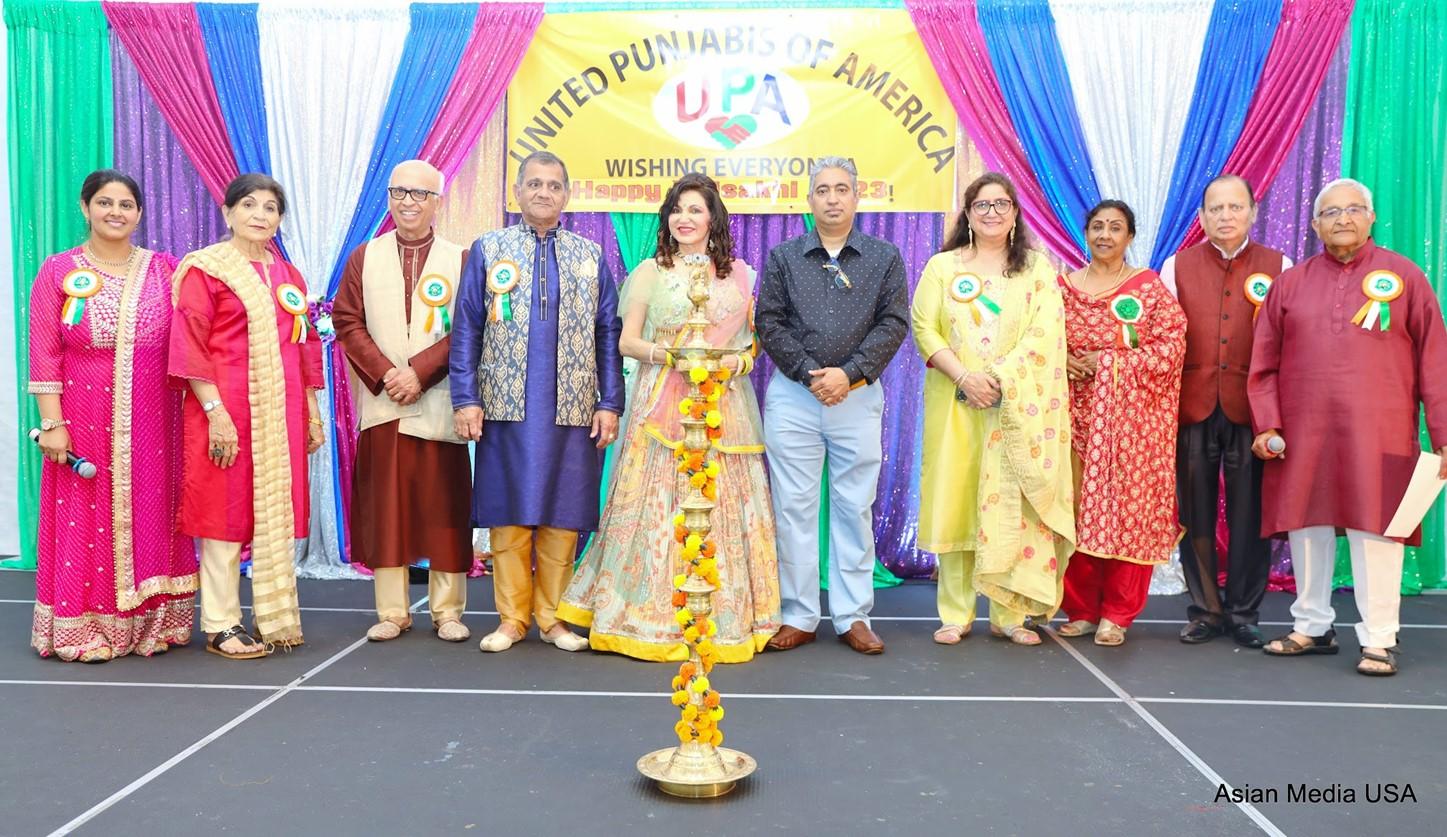
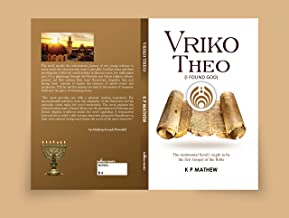

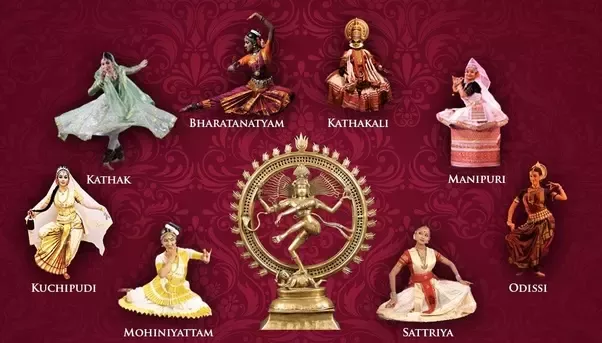
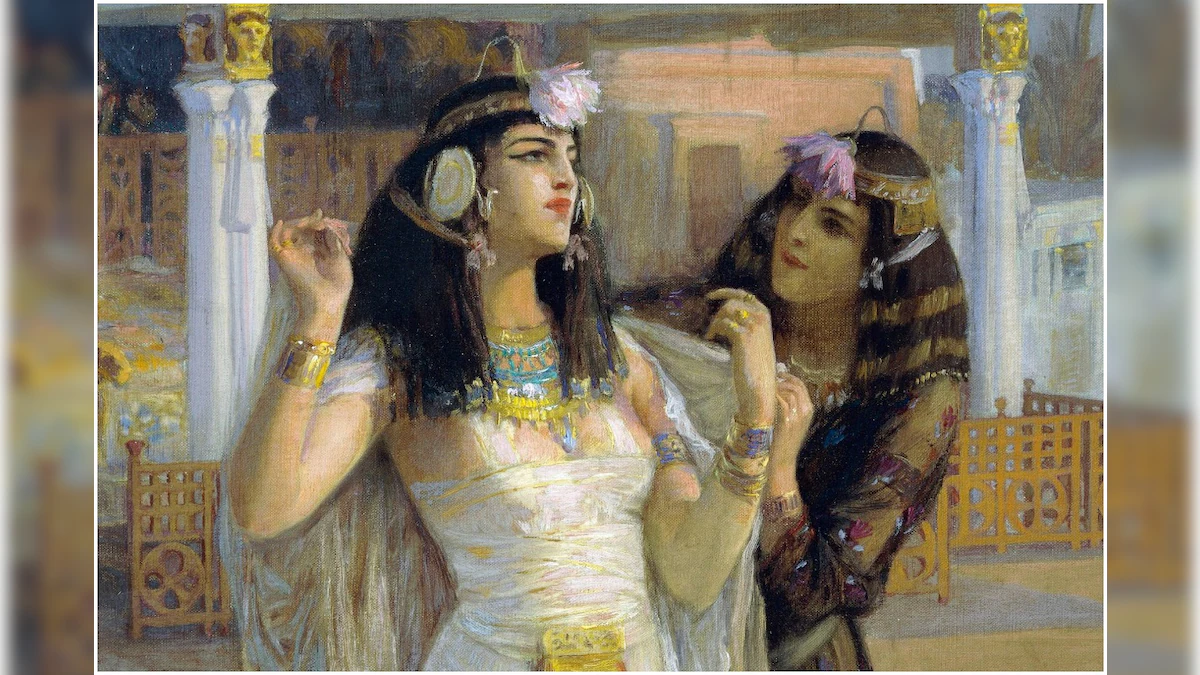
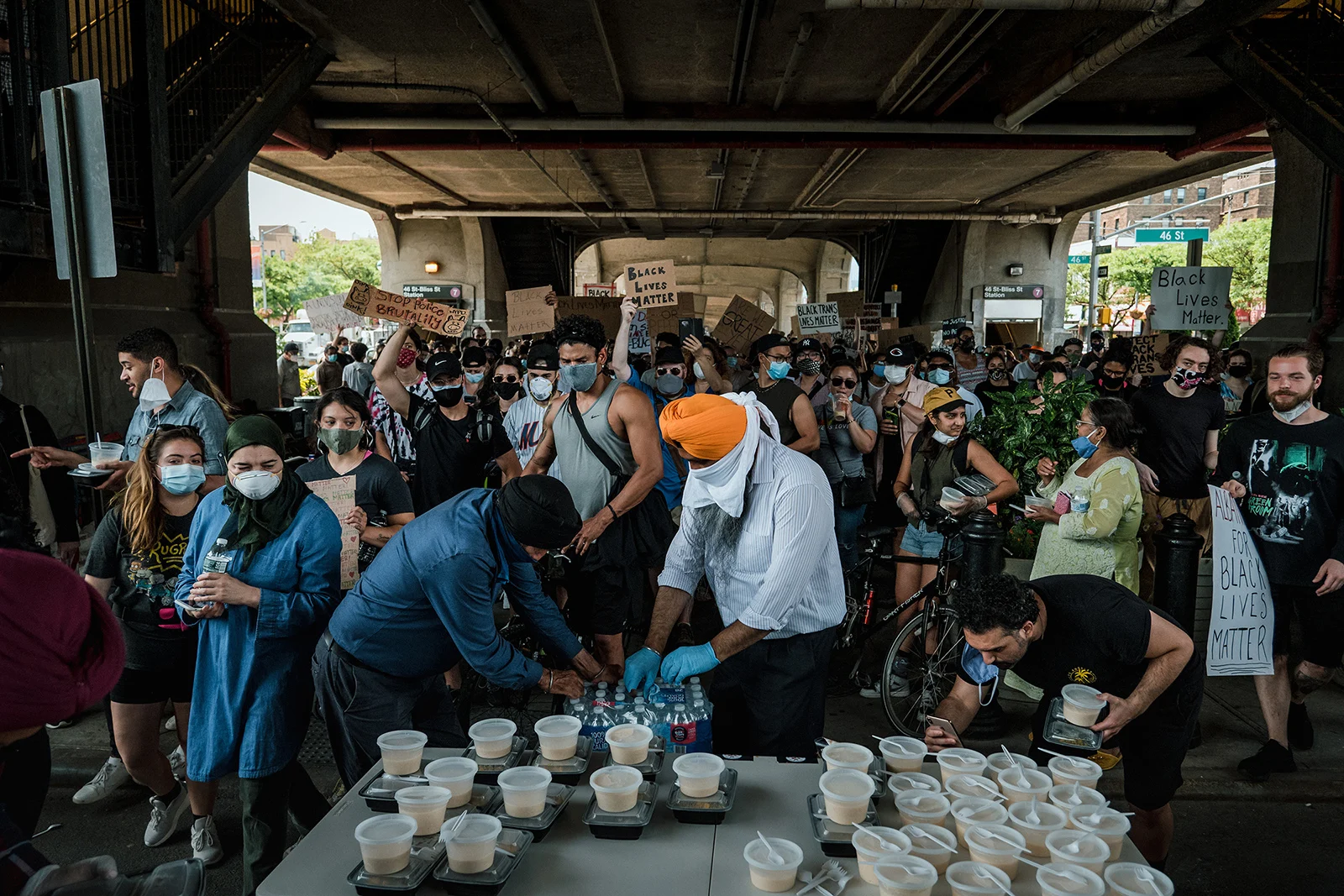
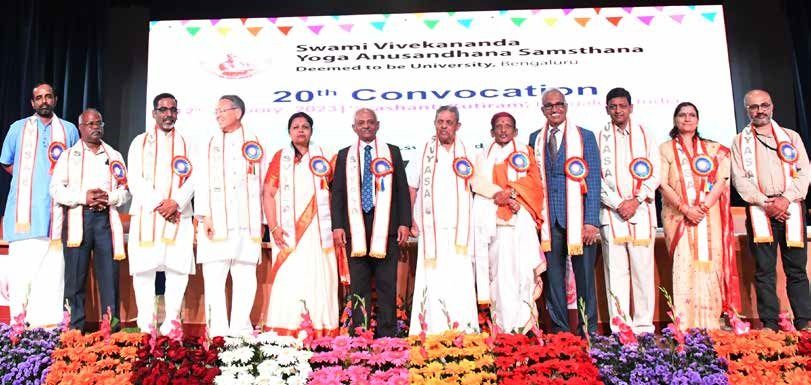
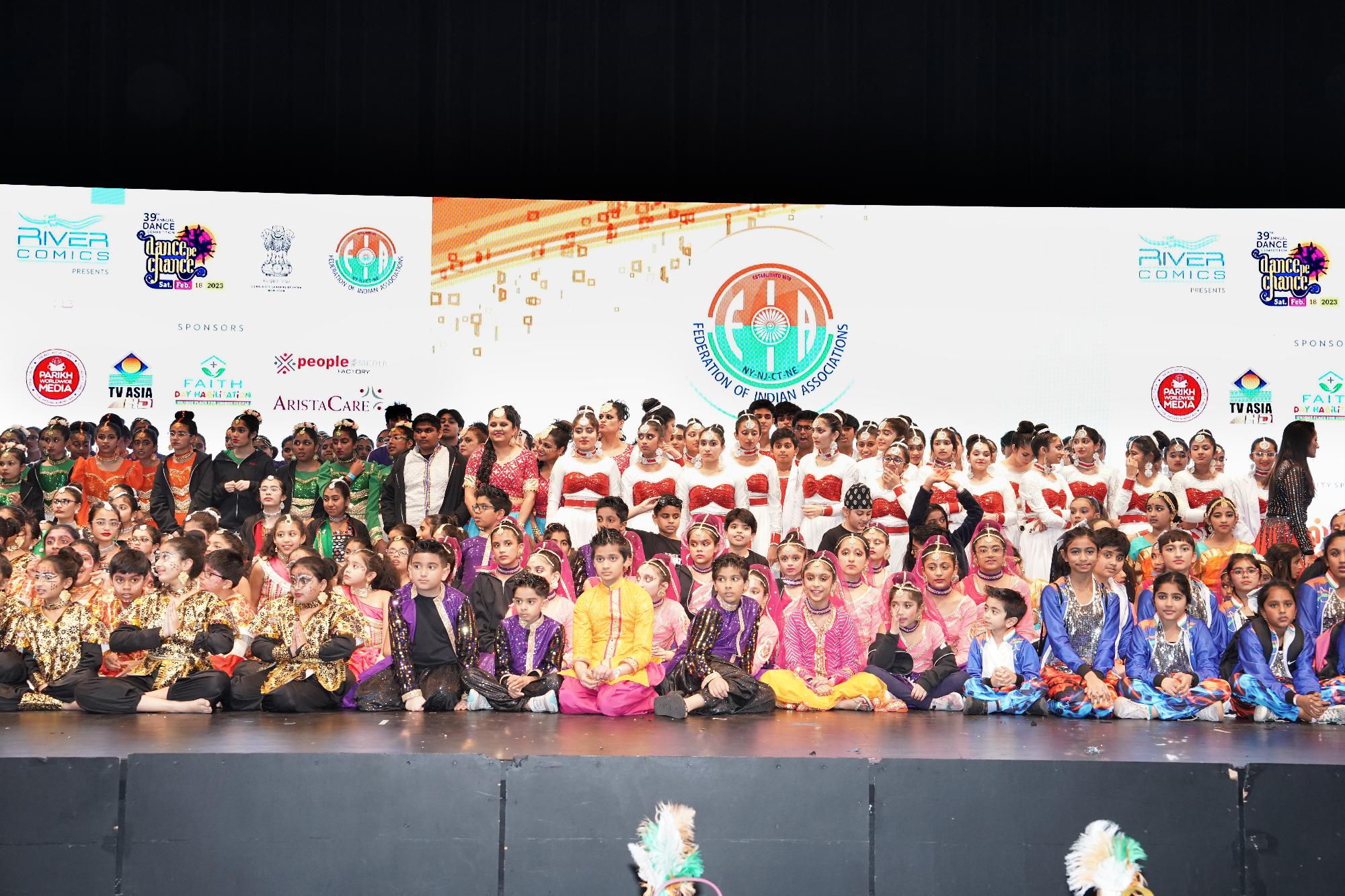
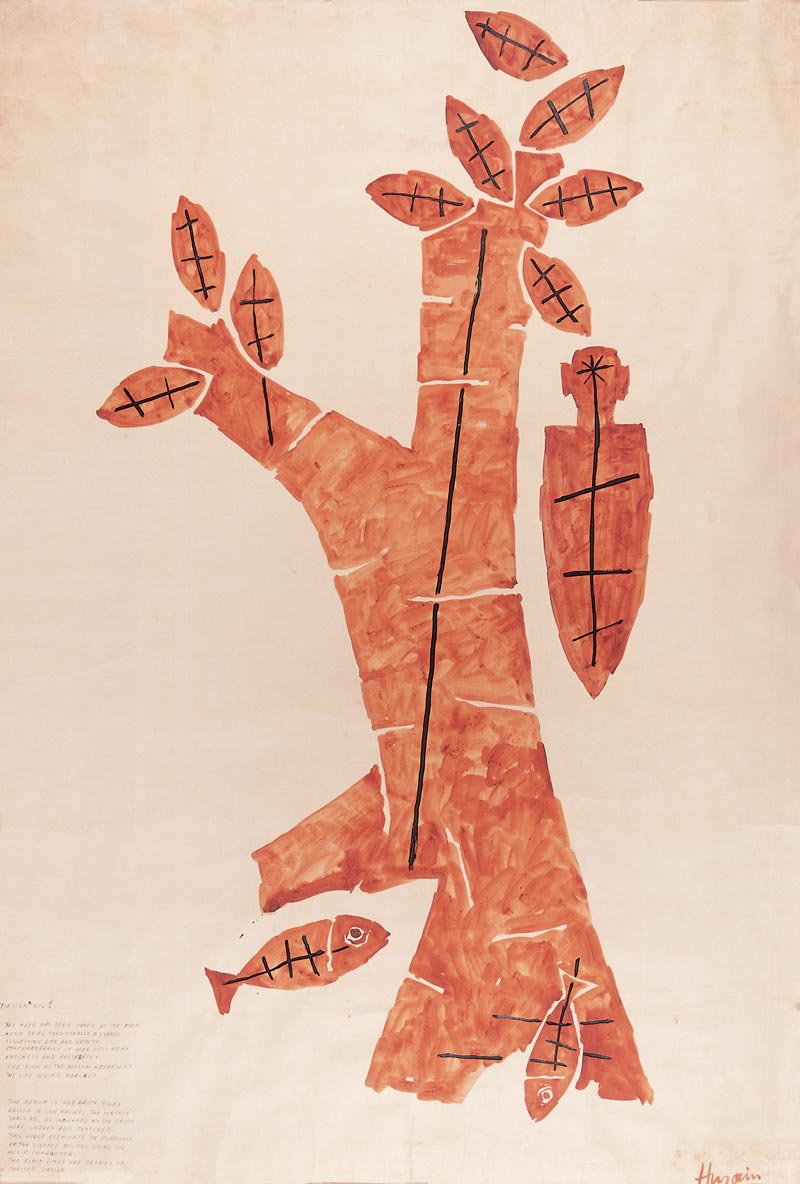
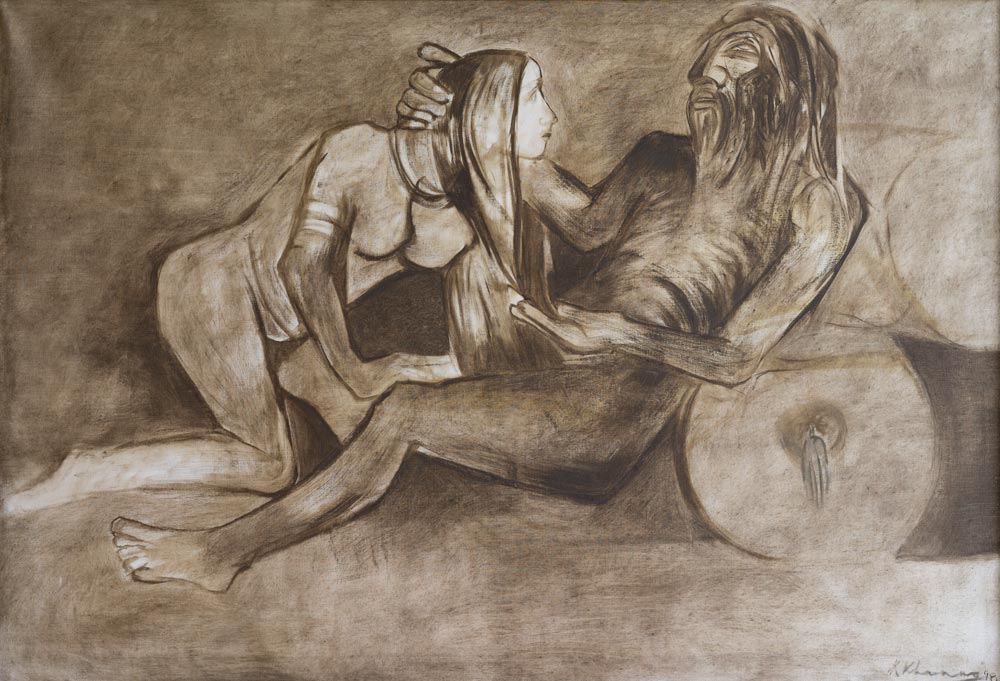
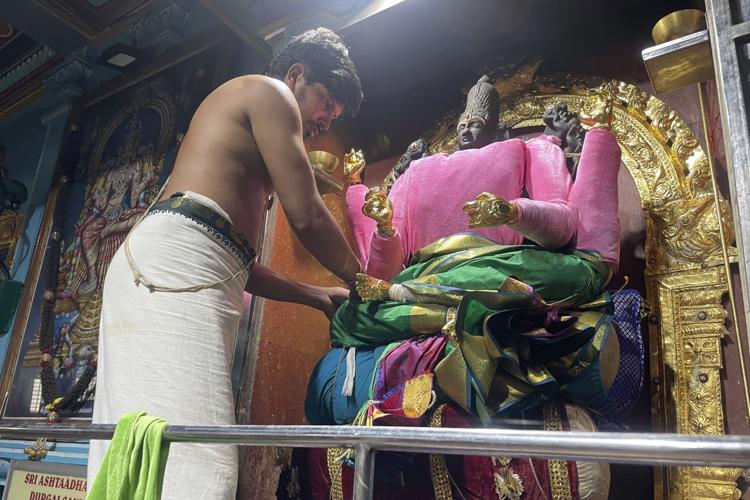
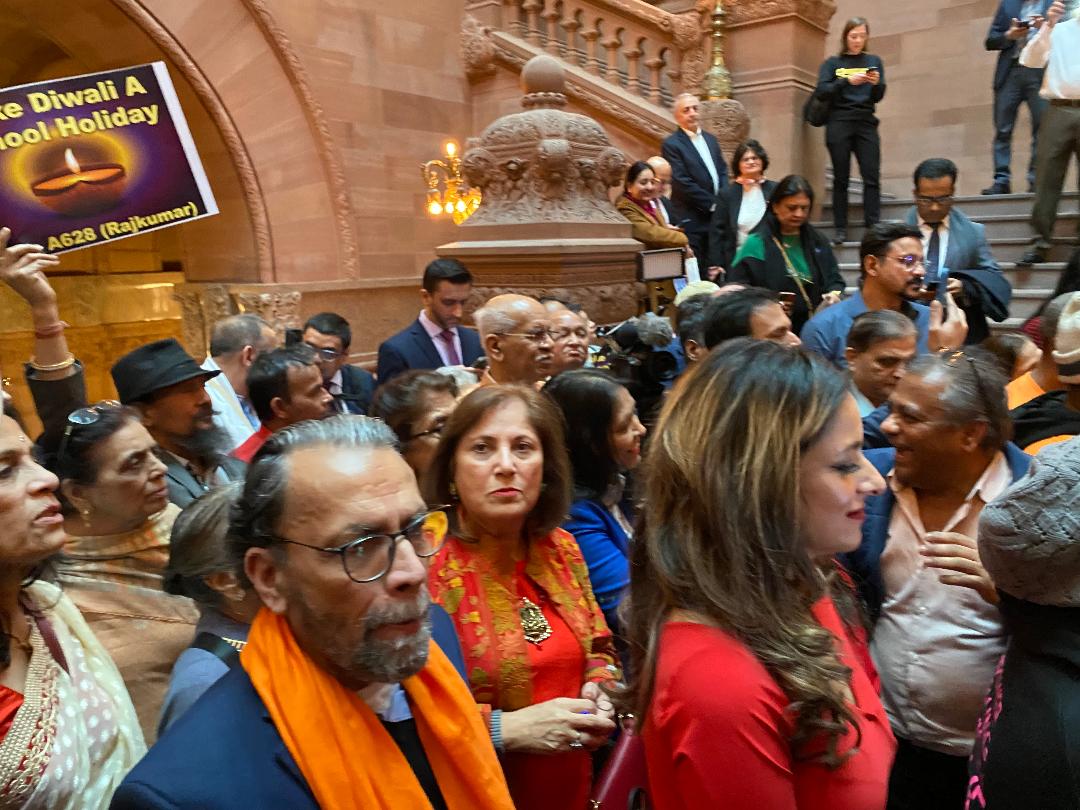
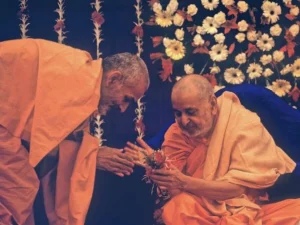
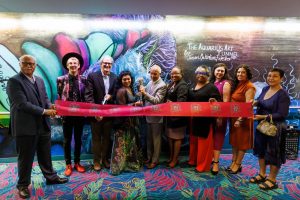
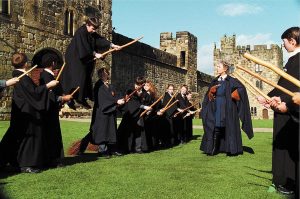
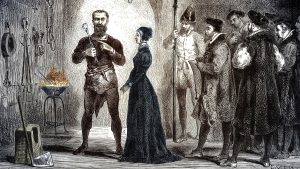
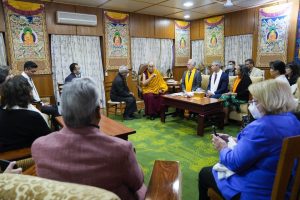
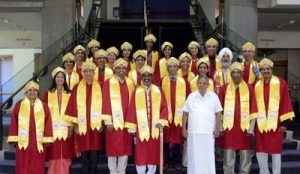
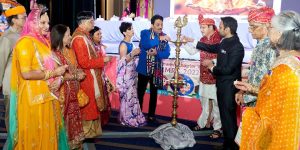
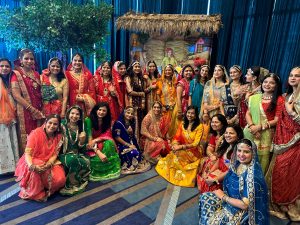
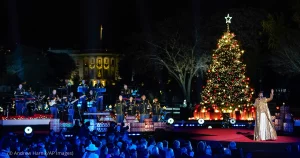
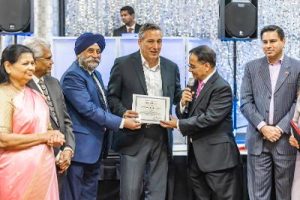
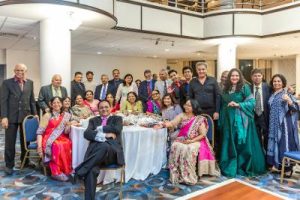
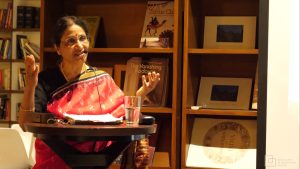
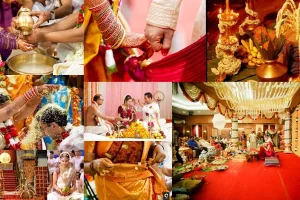
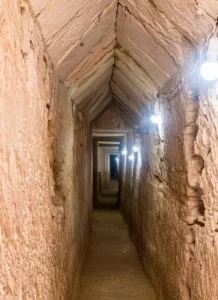
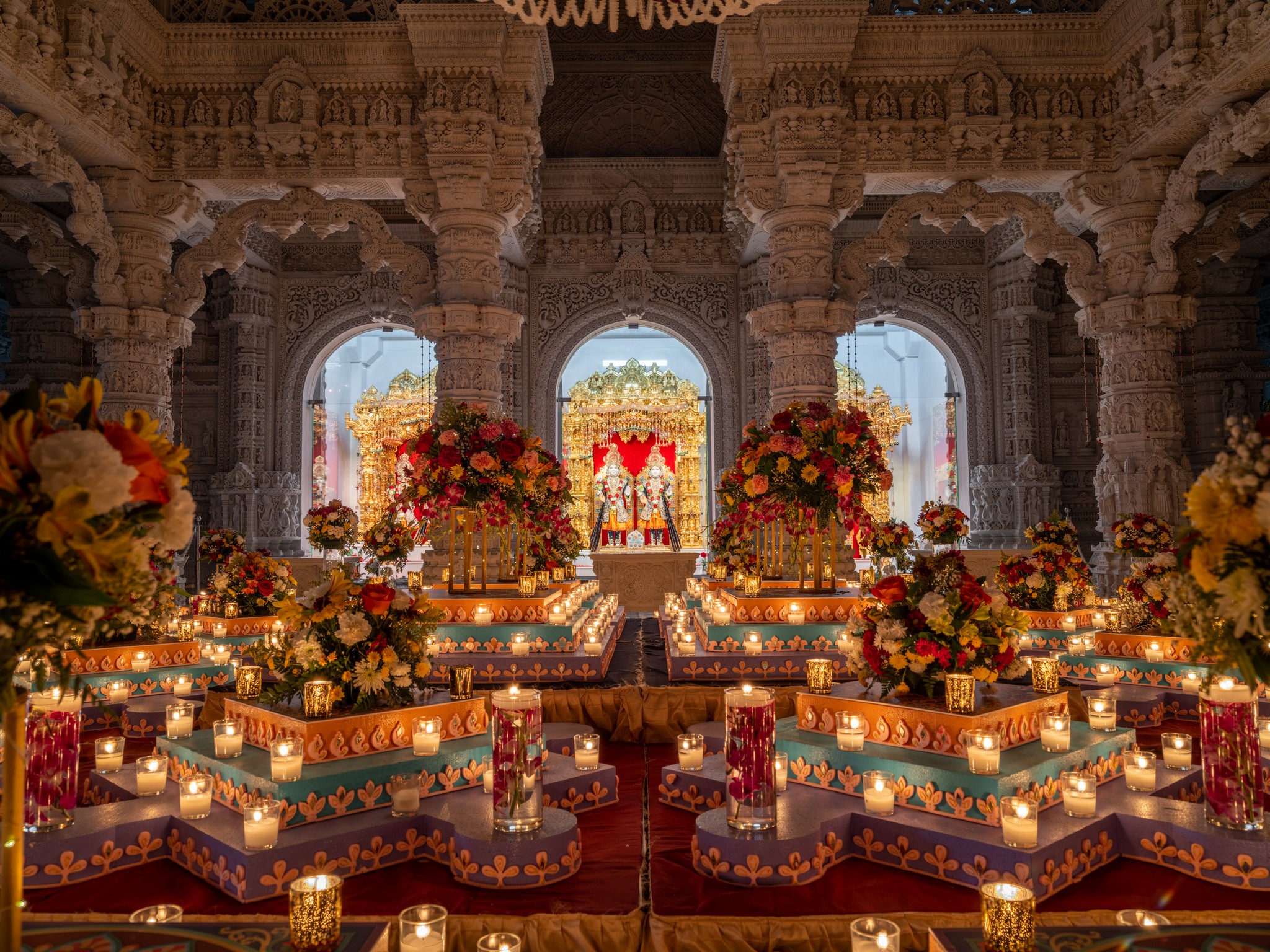

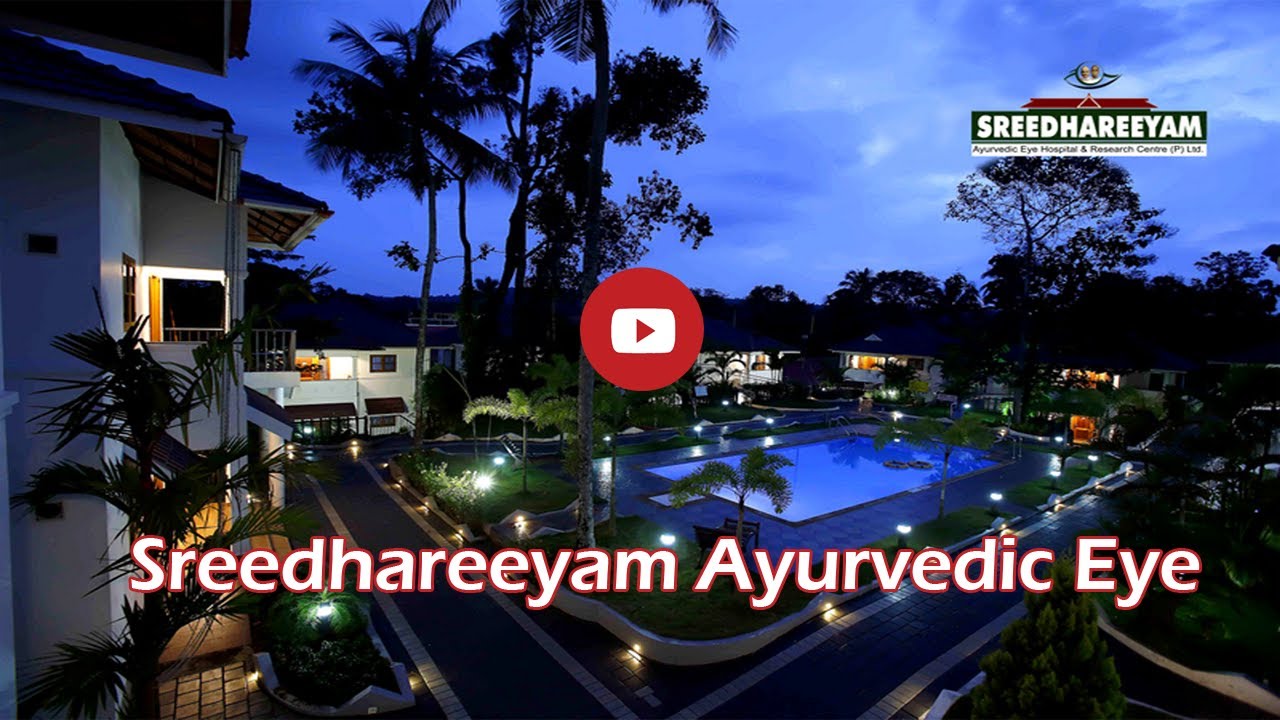
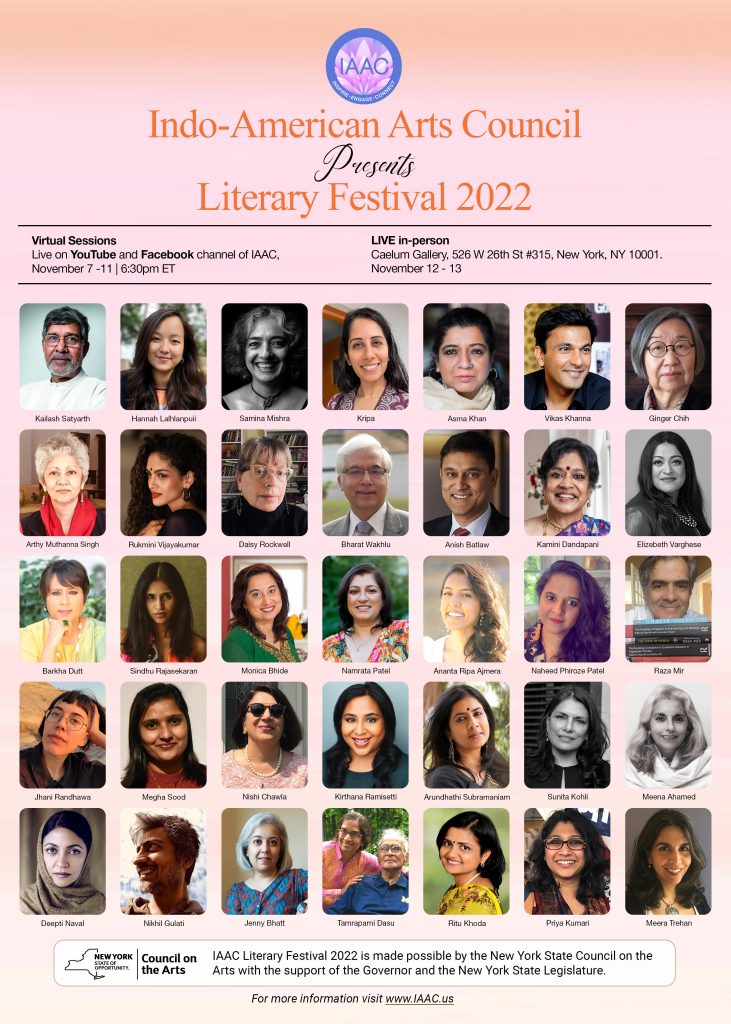
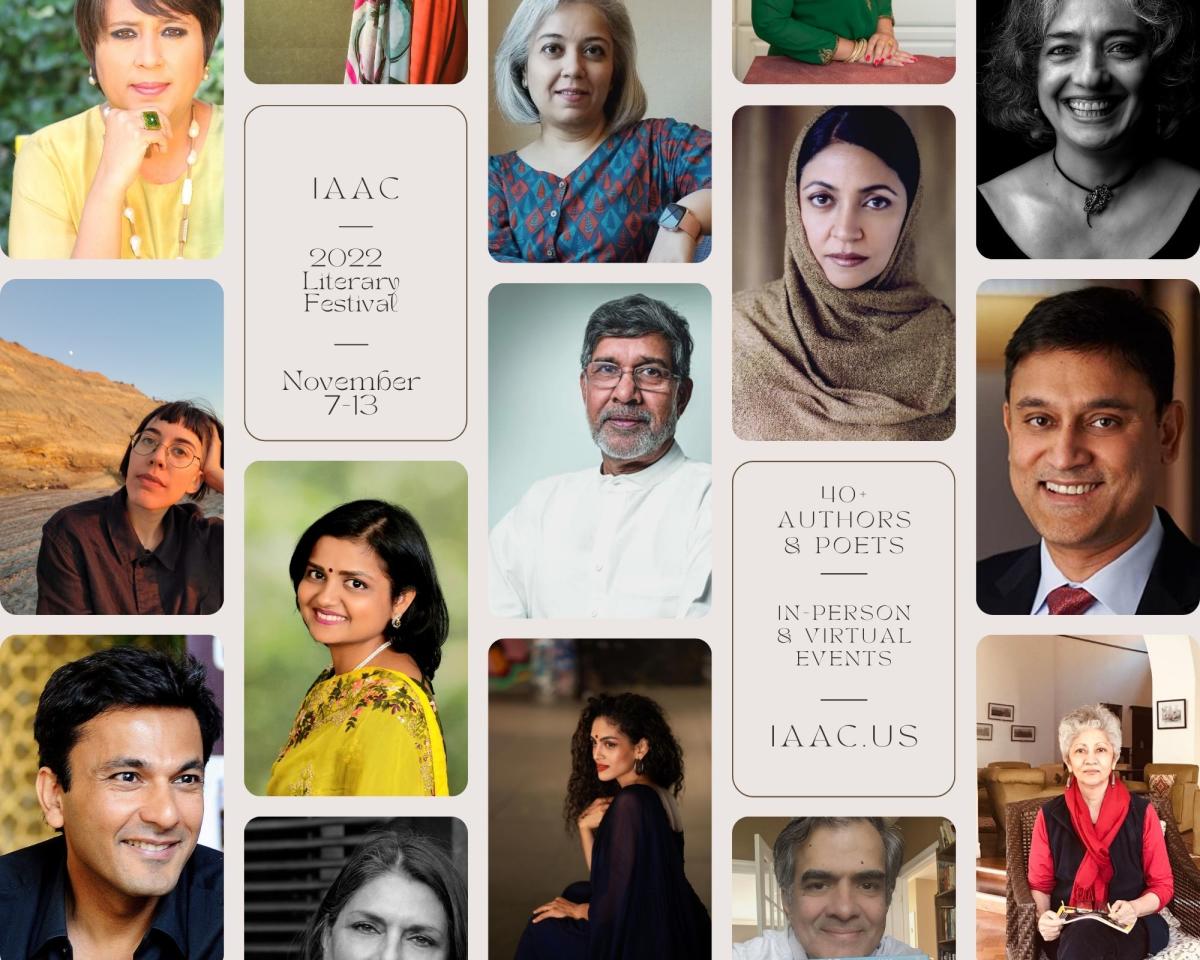
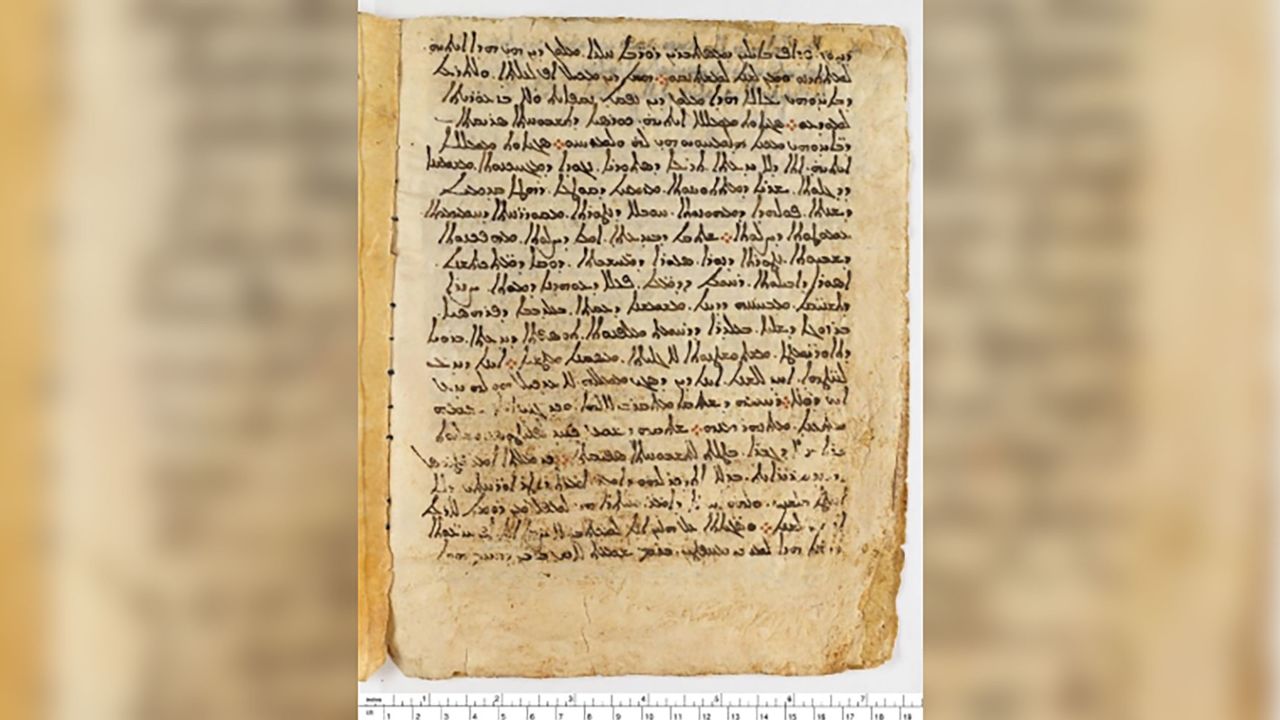
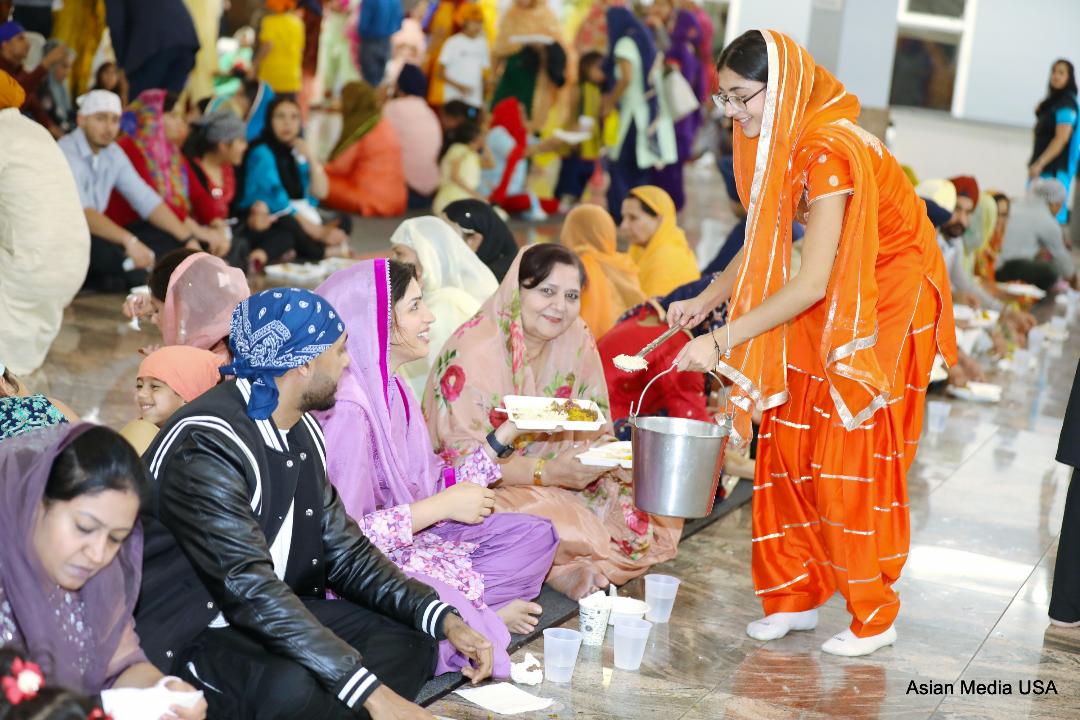 With God’s Blessing the Sangat has grown in the Chicagoland area for close to 50 years. Mr. Savi S. Attal and Family hosted the Kirtan & Langar for the Diwali and will continue to do sewa for the Community.
With God’s Blessing the Sangat has grown in the Chicagoland area for close to 50 years. Mr. Savi S. Attal and Family hosted the Kirtan & Langar for the Diwali and will continue to do sewa for the Community.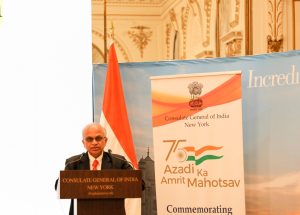
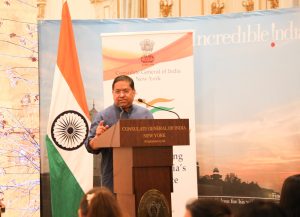
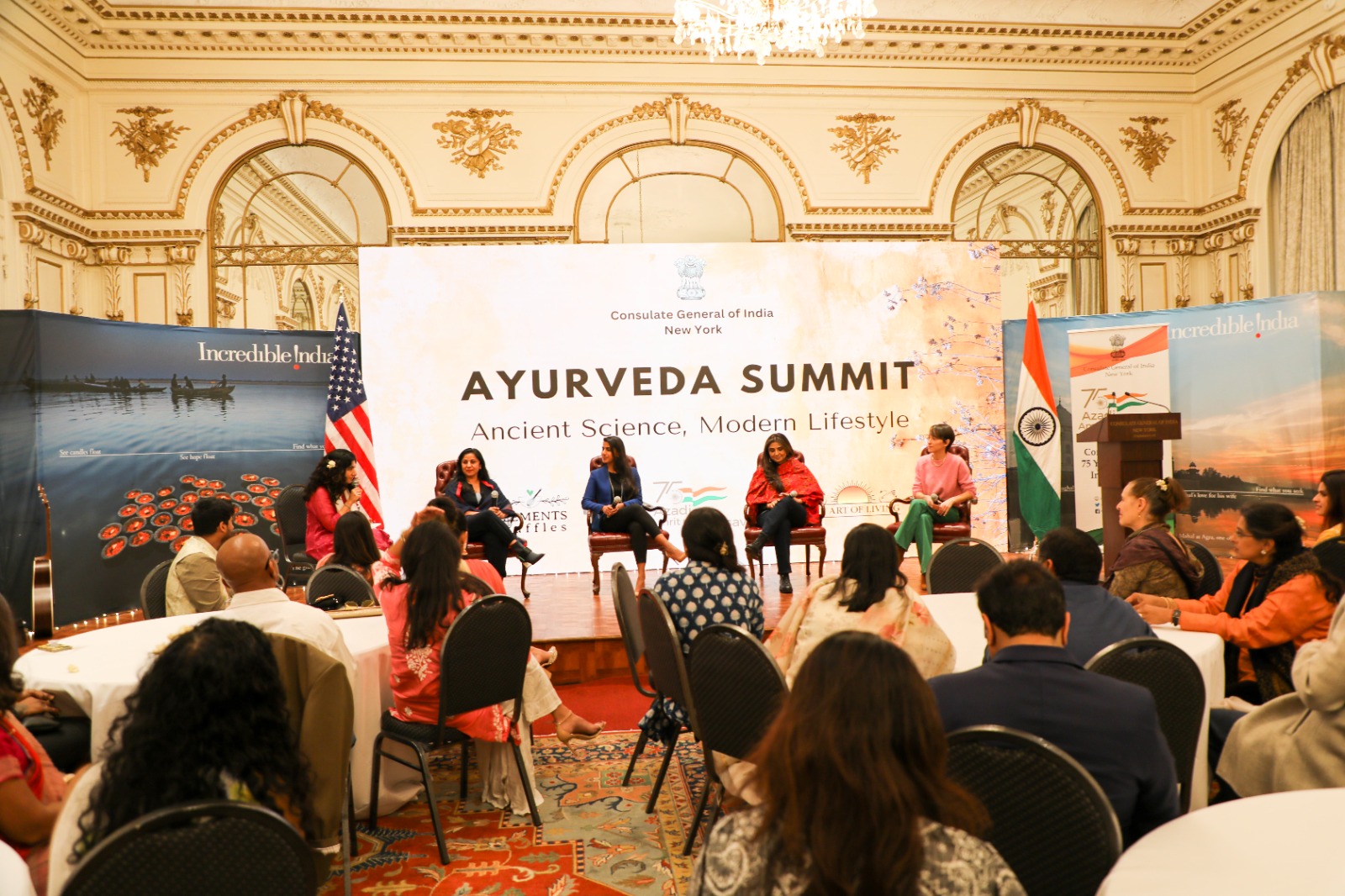
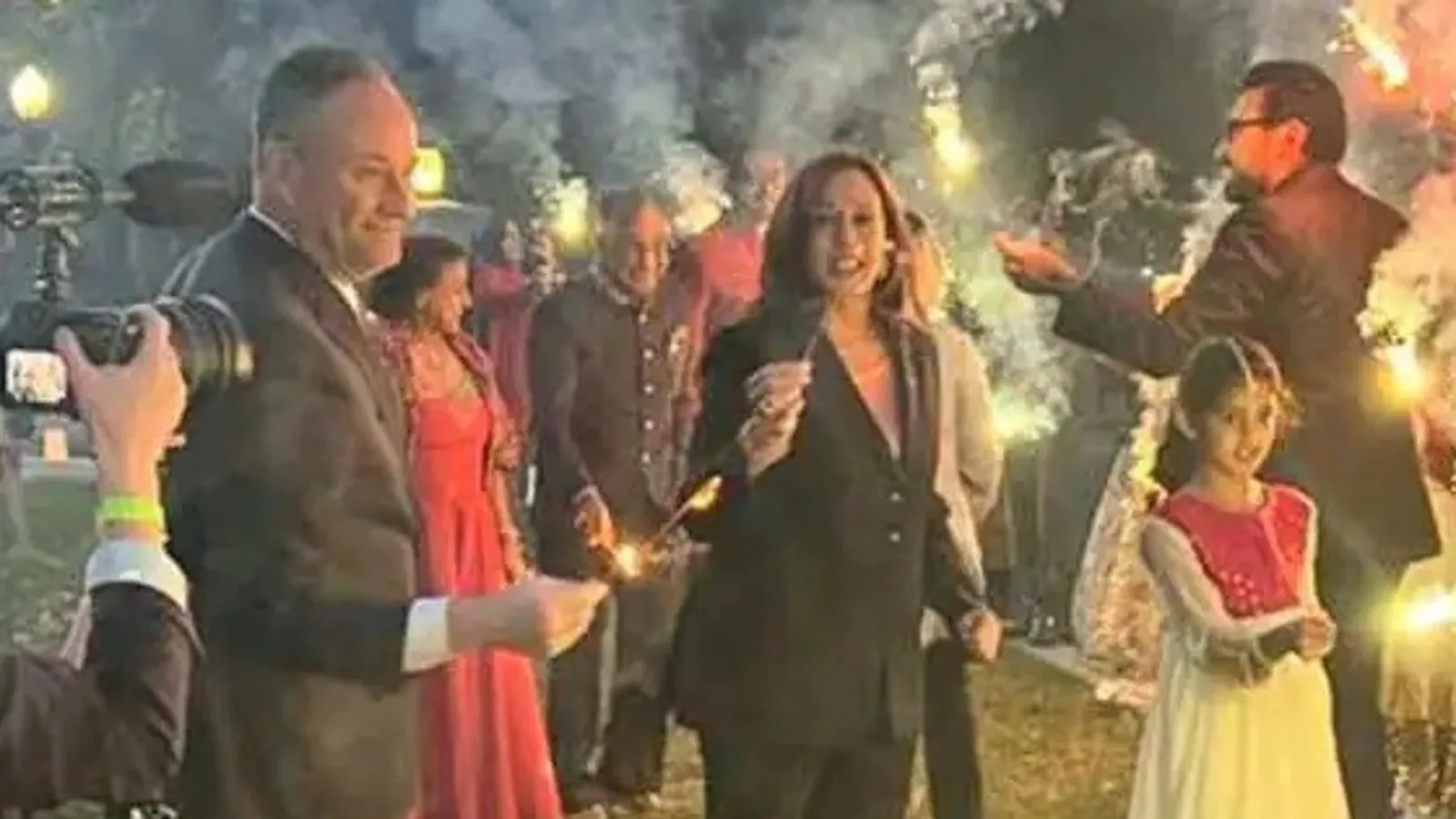 White House Celebrations
White House Celebrations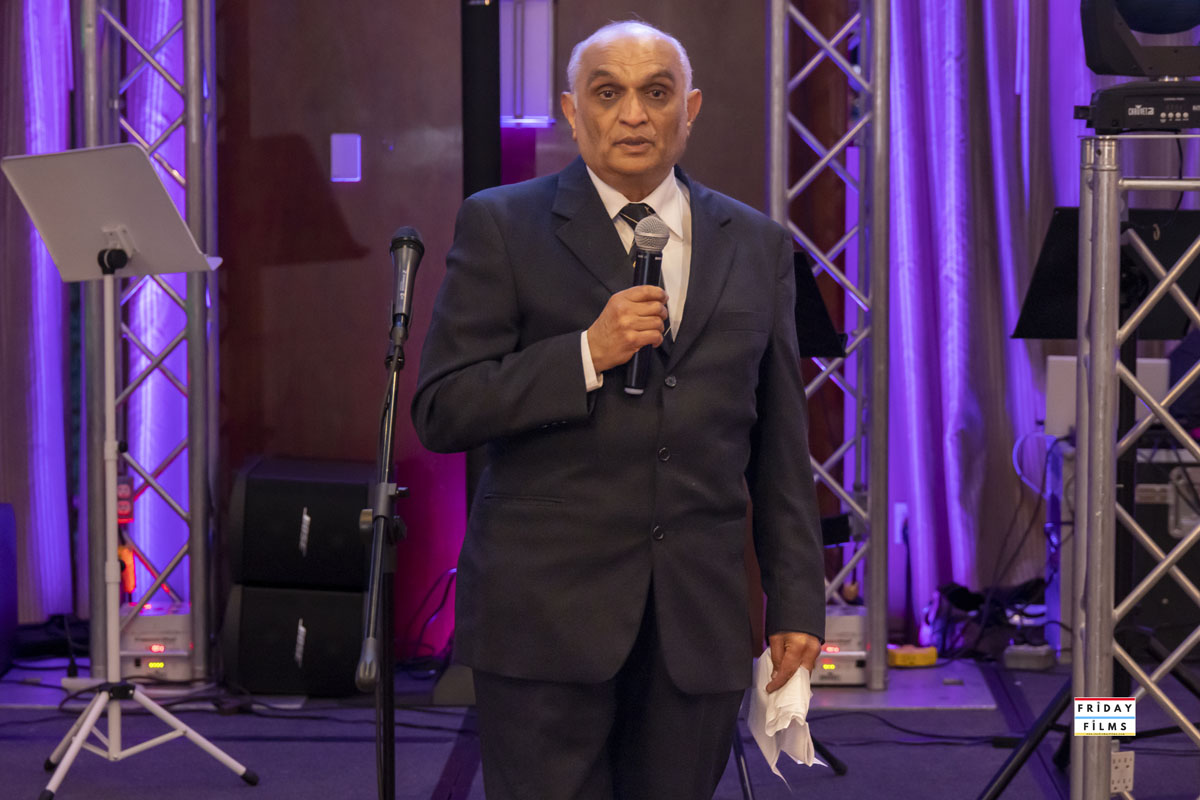 Dr. Pradip Shah outlined the vision of the AAPI-NJ which included but was not limited to, Continuing Medical Education seminars for members, community service included donating blankets, supporting, and helping soup kitchens, and assisting international medical graduates get residency, disease awareness and prevention, women’s health, and encouraging the younger generation of doctors to join the AAPI events.
Dr. Pradip Shah outlined the vision of the AAPI-NJ which included but was not limited to, Continuing Medical Education seminars for members, community service included donating blankets, supporting, and helping soup kitchens, and assisting international medical graduates get residency, disease awareness and prevention, women’s health, and encouraging the younger generation of doctors to join the AAPI events. 
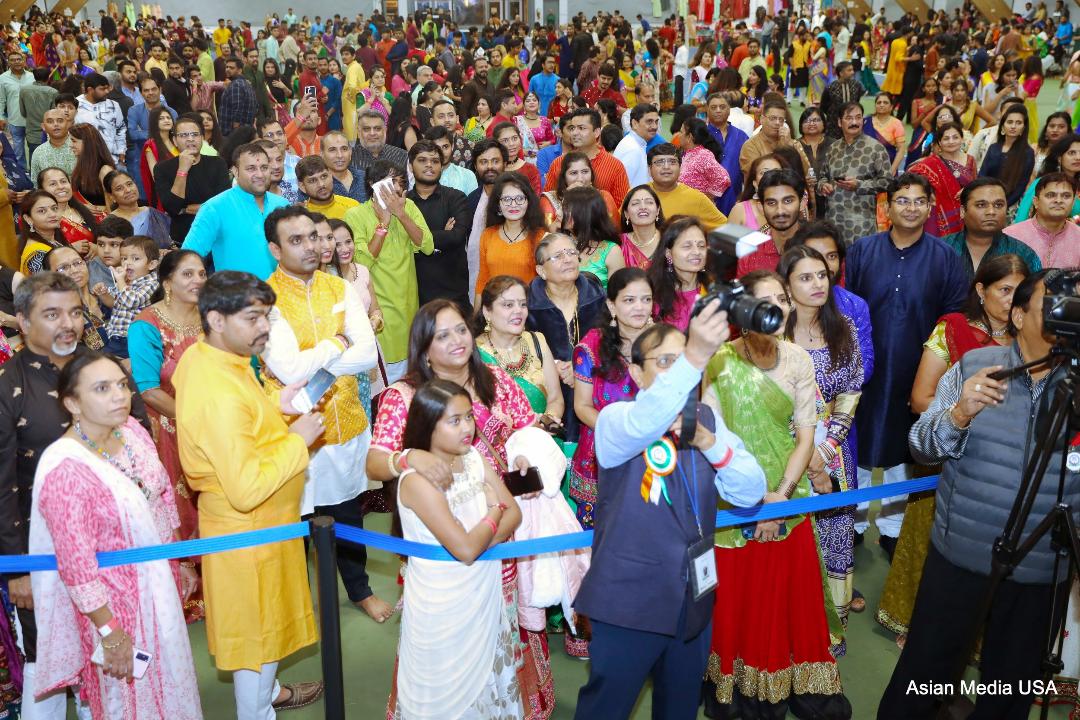 The festivities began around 6 pm and lasted until10:30pm. The celebration started with the traditional Lamp Lighting ceremony. President Haribhai Patel spoke fondly about the Navaratri celebrations, saying that, “It keeps a part of our rich culture alive, we Gujarati have garba in our blood”. He recognized sponsors, the committee members and volunteers that made the event possible.
The festivities began around 6 pm and lasted until10:30pm. The celebration started with the traditional Lamp Lighting ceremony. President Haribhai Patel spoke fondly about the Navaratri celebrations, saying that, “It keeps a part of our rich culture alive, we Gujarati have garba in our blood”. He recognized sponsors, the committee members and volunteers that made the event possible.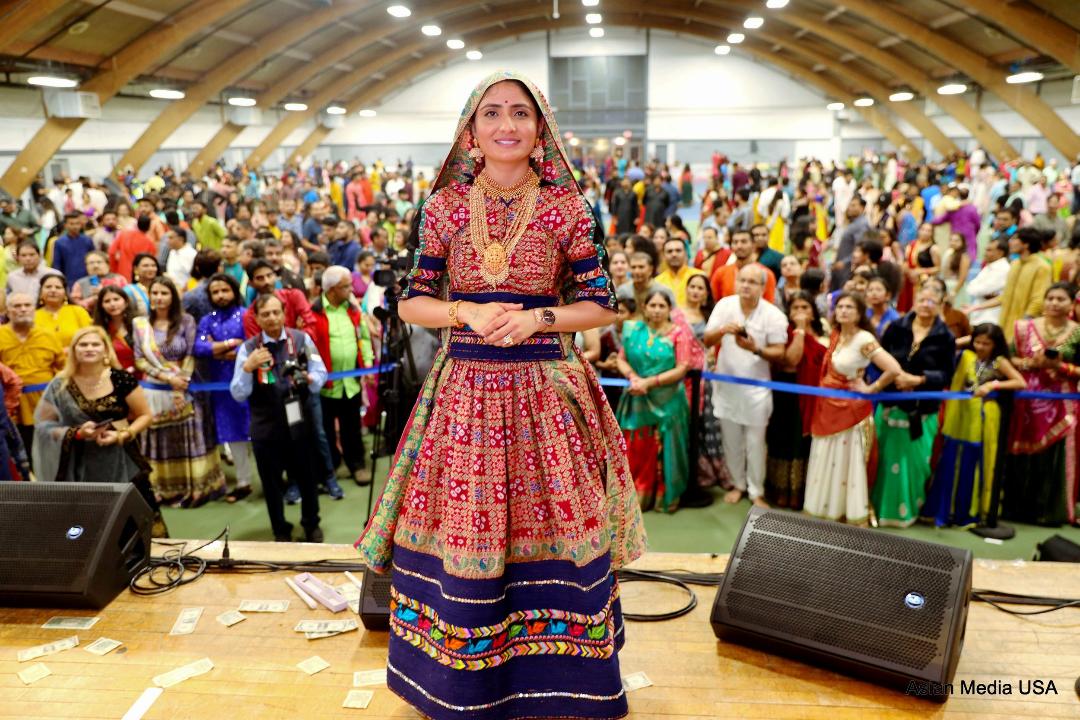
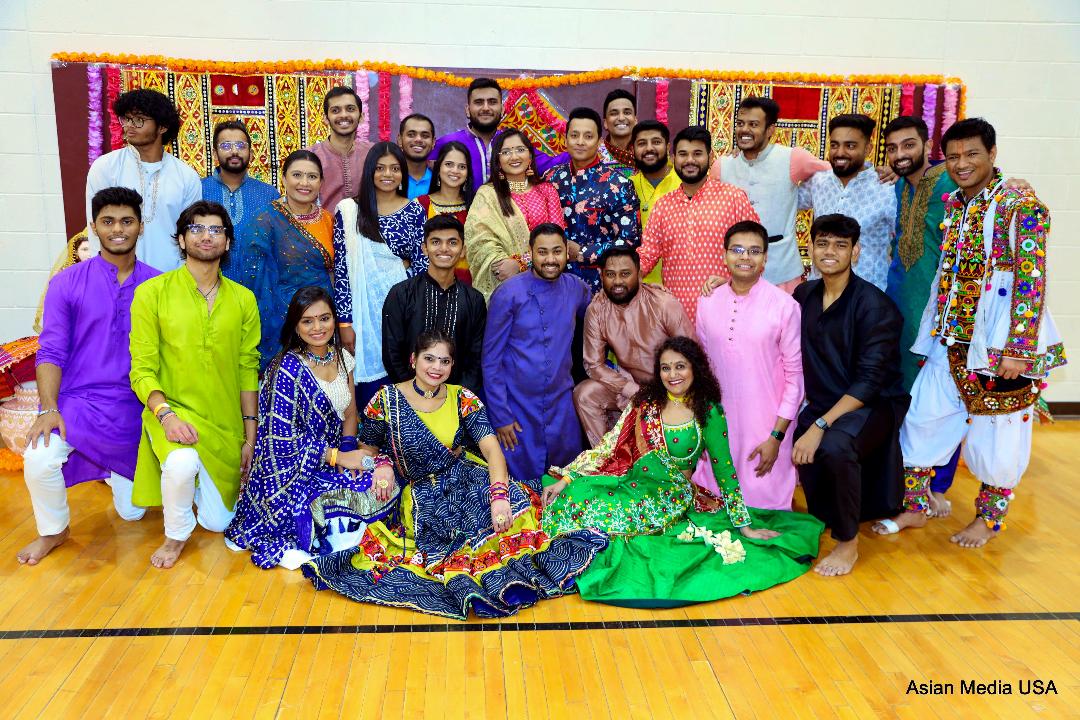 The festivities began around 7:00 pm and lasted until12:30 pm. The celebration started with the traditional Lamp Lighting ceremony. President Harendra bhai Mangrola spoke fondly about the Navaratri celebrations, saying that, “It keeps a part of our rich culture alive, we Gujarati have garba in our blood”. He recognized sponsors, the committee members and volunteers that made the event possible.
The festivities began around 7:00 pm and lasted until12:30 pm. The celebration started with the traditional Lamp Lighting ceremony. President Harendra bhai Mangrola spoke fondly about the Navaratri celebrations, saying that, “It keeps a part of our rich culture alive, we Gujarati have garba in our blood”. He recognized sponsors, the committee members and volunteers that made the event possible.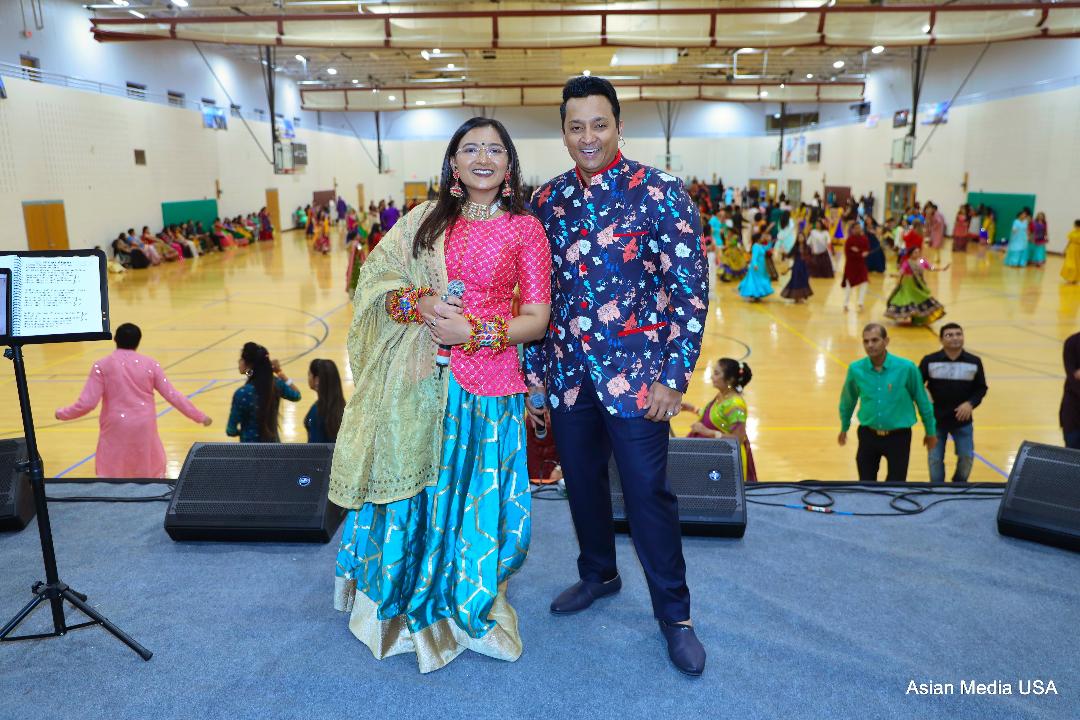 Rex Dsouza’s infectious smile made the girls go weak in their knees but couldn’t make it to the Fame Jodi. But that didn’t dampen his spirits a week after Fame Gurukul announced its winners. He has taken it in his stride and is now doing stage shows around the world, along with singing for Bollywood movies. He is here for the love of performing; he enjoys being on stage and it’s not his style to be nervous. Performed around the world in more than 1500 shows.
Rex Dsouza’s infectious smile made the girls go weak in their knees but couldn’t make it to the Fame Jodi. But that didn’t dampen his spirits a week after Fame Gurukul announced its winners. He has taken it in his stride and is now doing stage shows around the world, along with singing for Bollywood movies. He is here for the love of performing; he enjoys being on stage and it’s not his style to be nervous. Performed around the world in more than 1500 shows.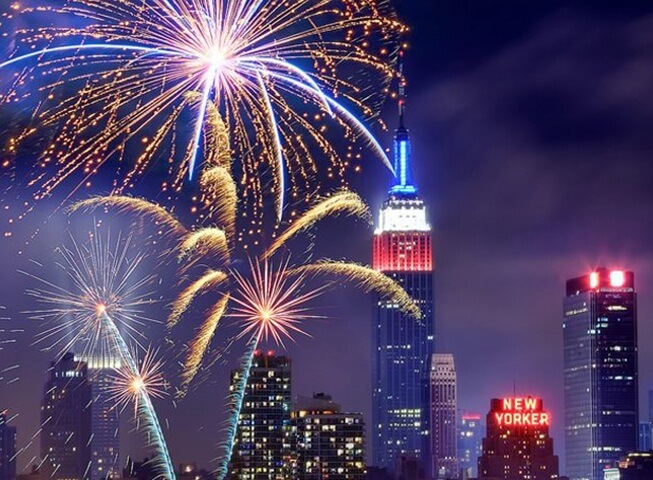 This celebration was full of international musical showcases, Bollywood stars performing live, Indian bazaars and flea markets, delicious Indian food, and yes, how can we miss the colorful lights & fireworks. Various live events bring an otherworldly charm to Times Square that is hard to pass by and a great loss to miss!
This celebration was full of international musical showcases, Bollywood stars performing live, Indian bazaars and flea markets, delicious Indian food, and yes, how can we miss the colorful lights & fireworks. Various live events bring an otherworldly charm to Times Square that is hard to pass by and a great loss to miss!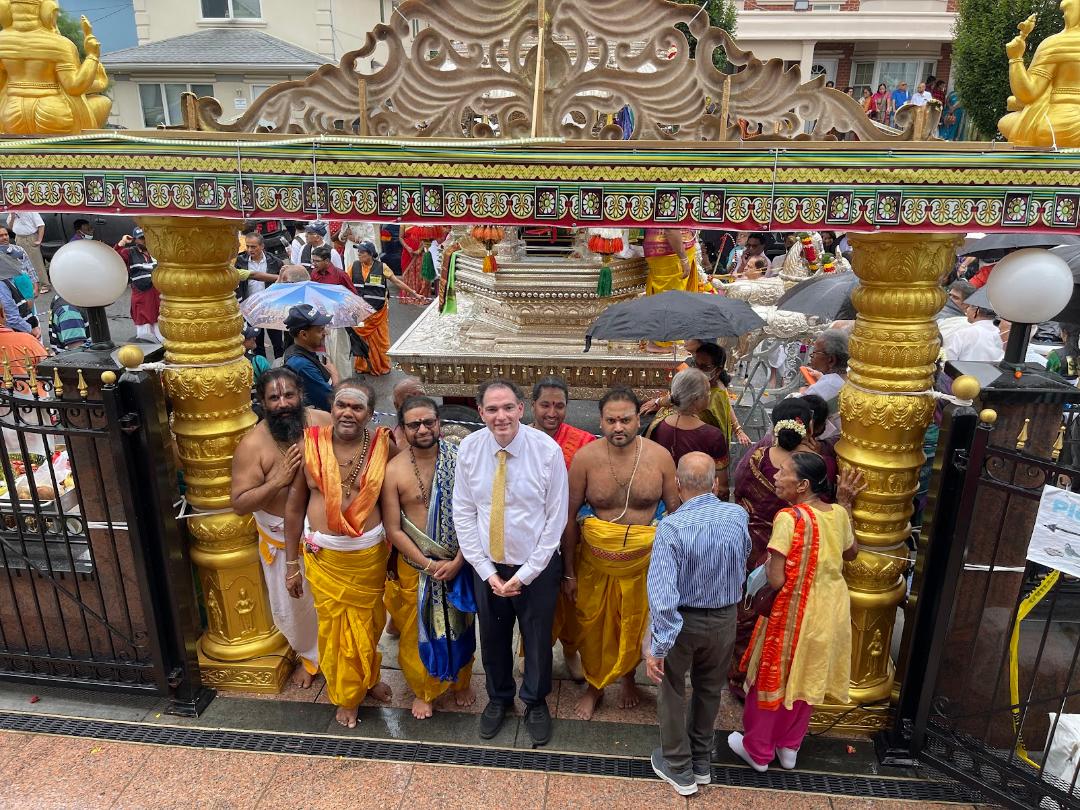
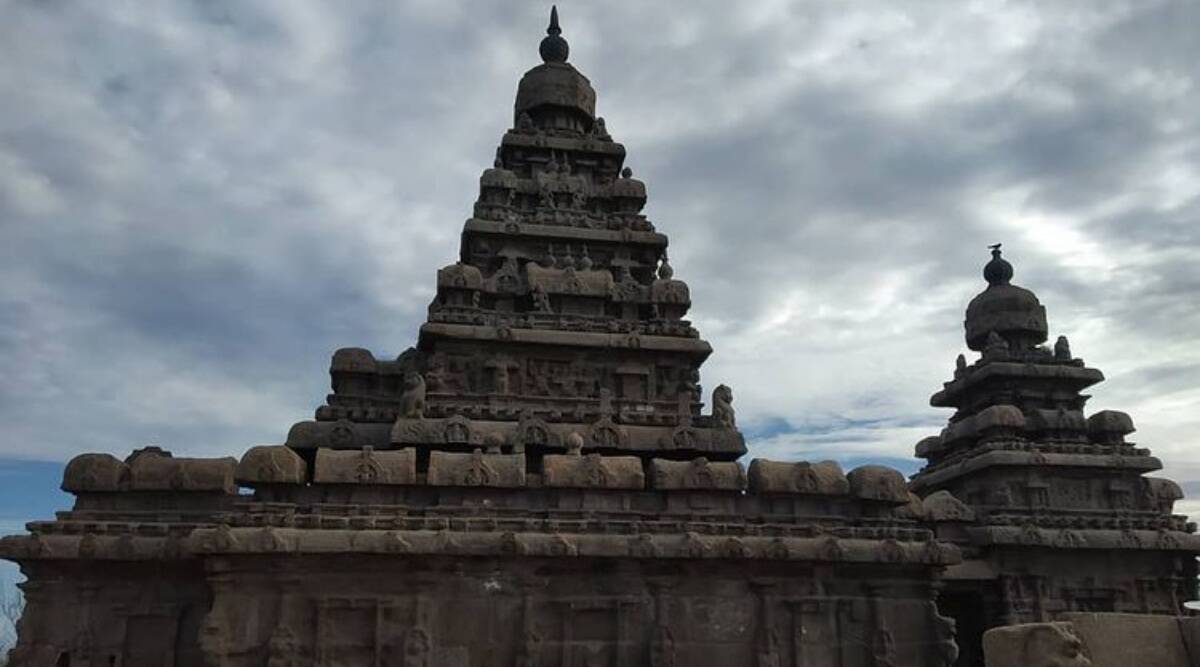 The report also said the top five states for domestic tourist visits in 2021 were Tamil Nadu (115.33 million), Uttar Pradesh (109.70 million), Andhra Pradesh (93.27 million), Karnataka (81.33 million) and Maharashtra (43.56 million)
The report also said the top five states for domestic tourist visits in 2021 were Tamil Nadu (115.33 million), Uttar Pradesh (109.70 million), Andhra Pradesh (93.27 million), Karnataka (81.33 million) and Maharashtra (43.56 million)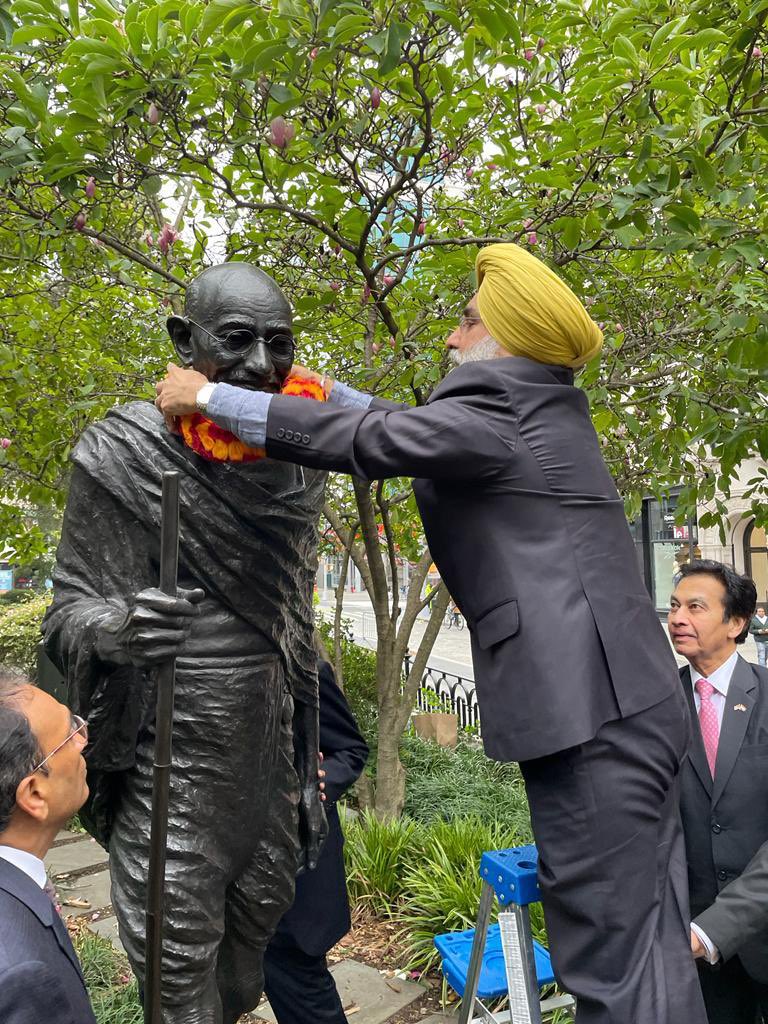 Born on October 2, 1869, in Porbandar town of Gujarat, Mahatma Gandhi or Mohandas Karamchand Gandhi believed deeply in the principles of non-violent resistance and was at the forefront of the freedom struggle against British colonial rule.
Born on October 2, 1869, in Porbandar town of Gujarat, Mahatma Gandhi or Mohandas Karamchand Gandhi believed deeply in the principles of non-violent resistance and was at the forefront of the freedom struggle against British colonial rule.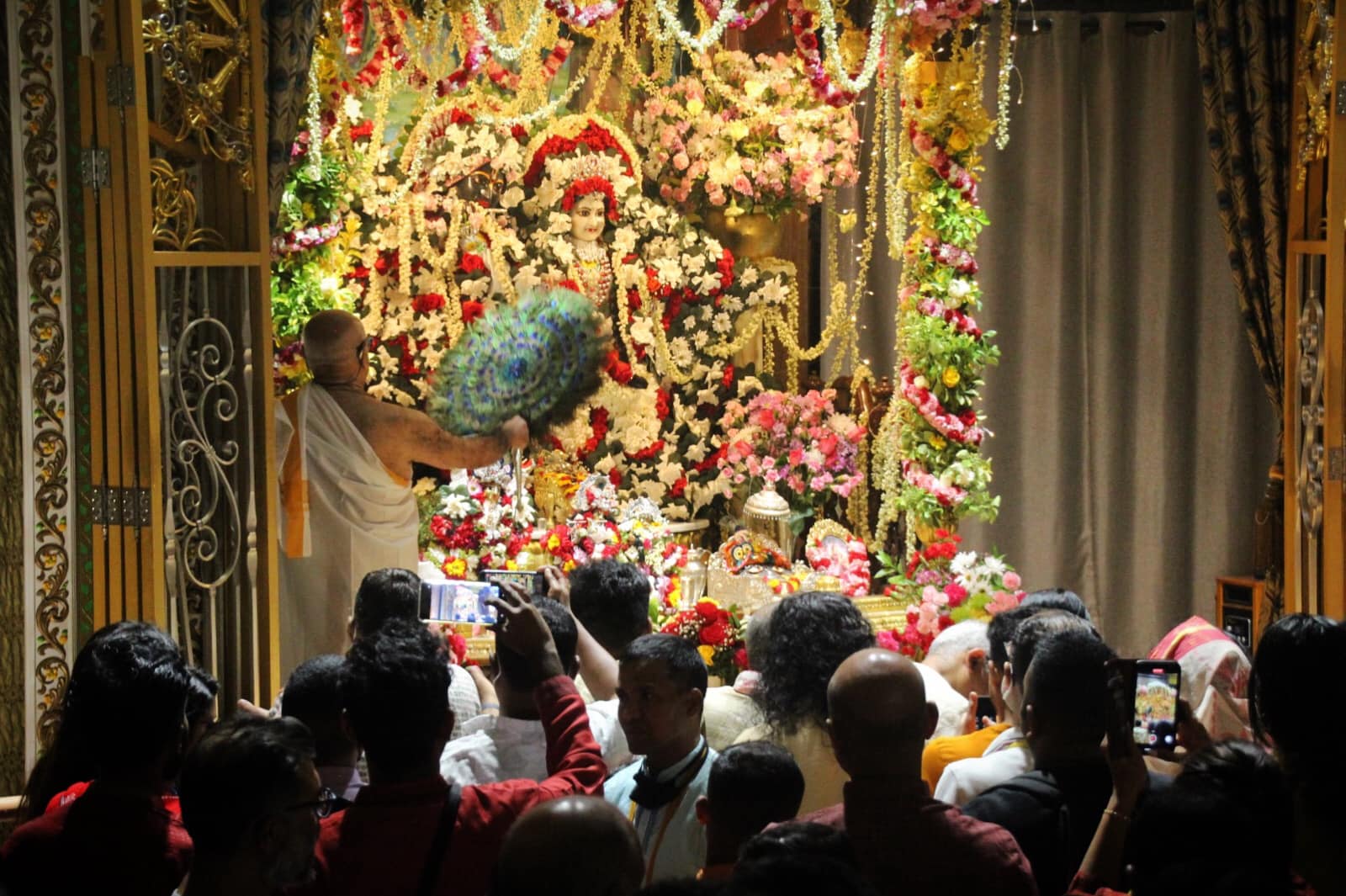 Adams was accompanied by New York City’s Deputy Commissioner for International Affairs Dilip Chauhan.
Adams was accompanied by New York City’s Deputy Commissioner for International Affairs Dilip Chauhan.
